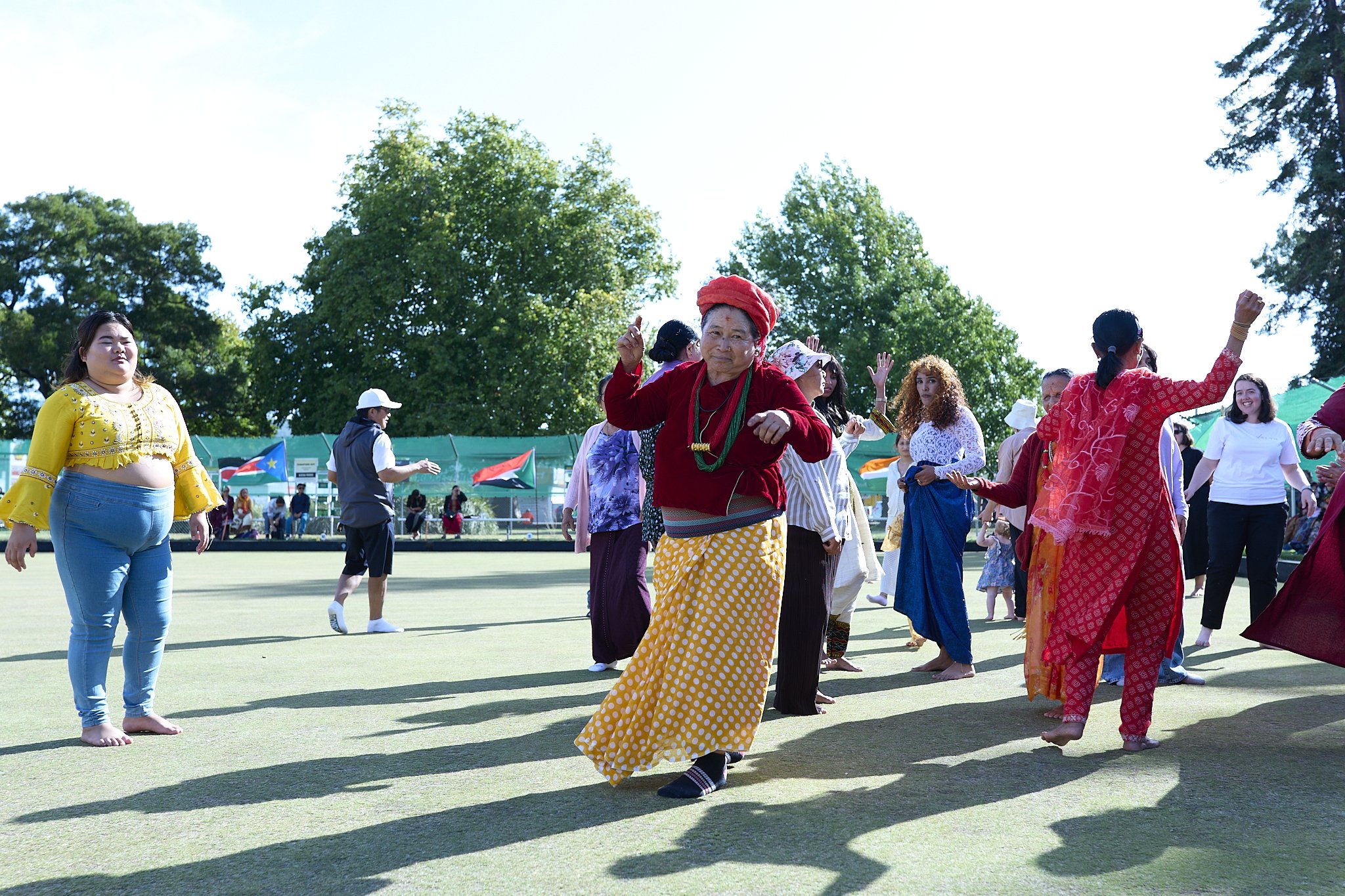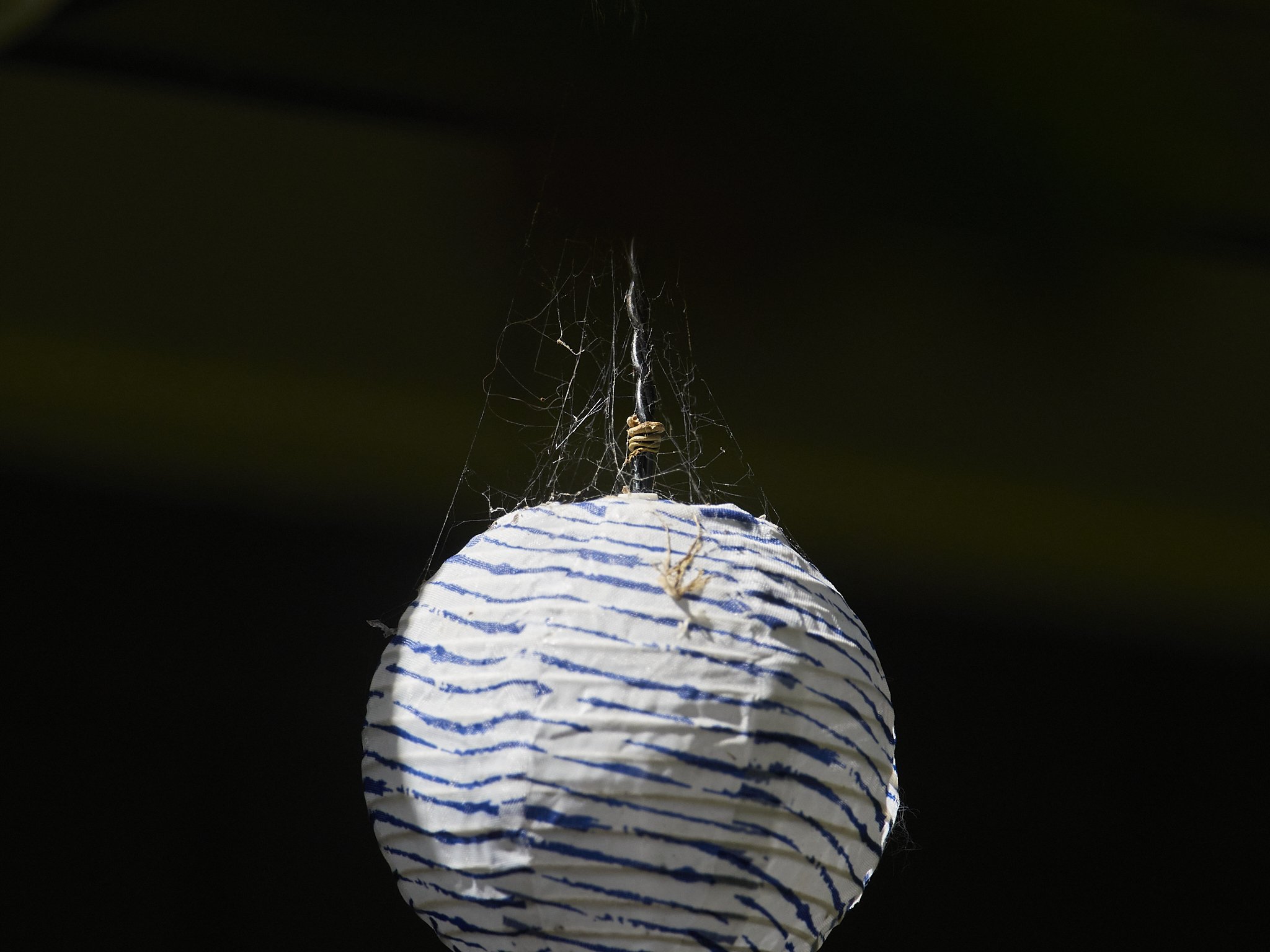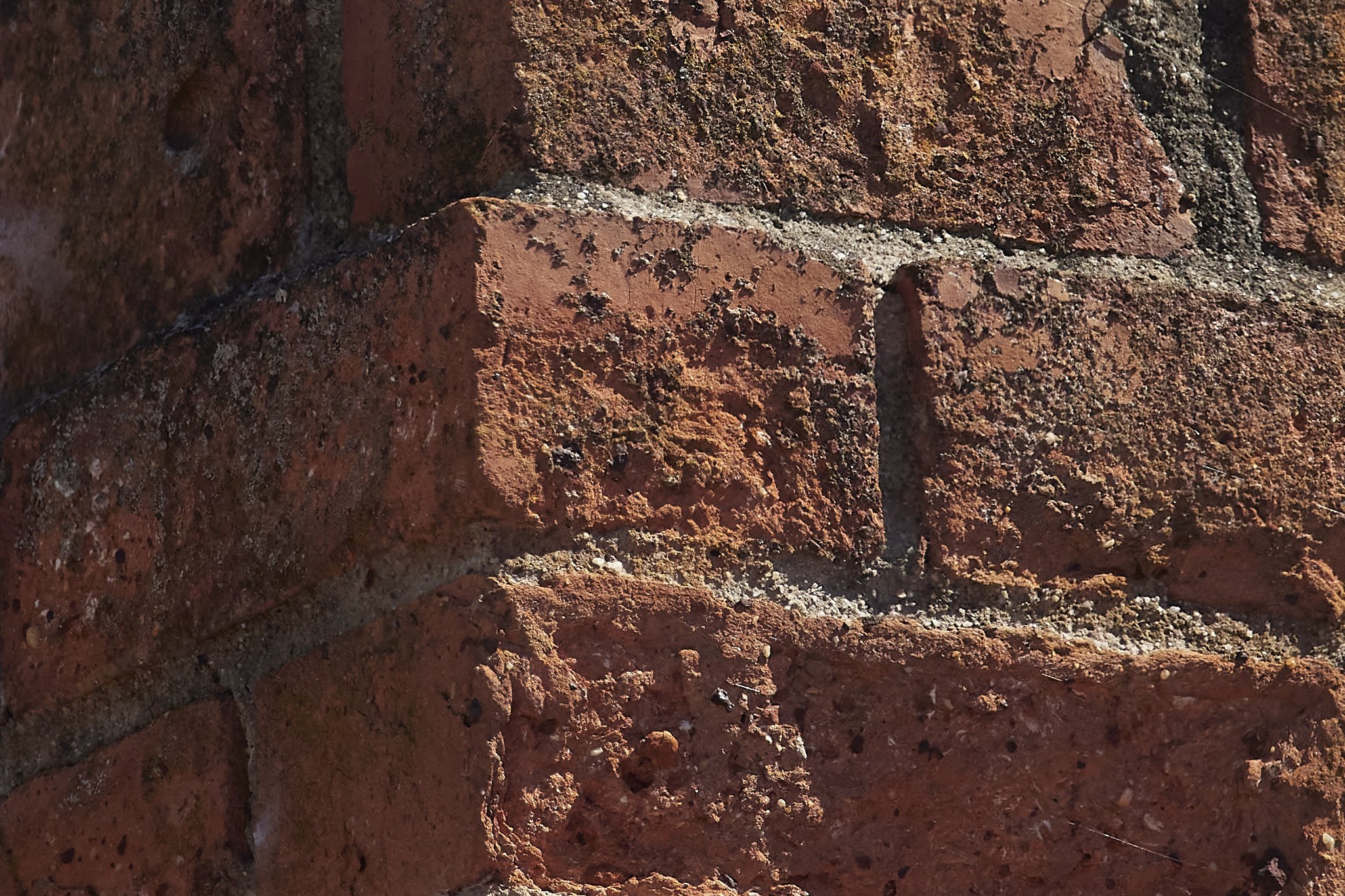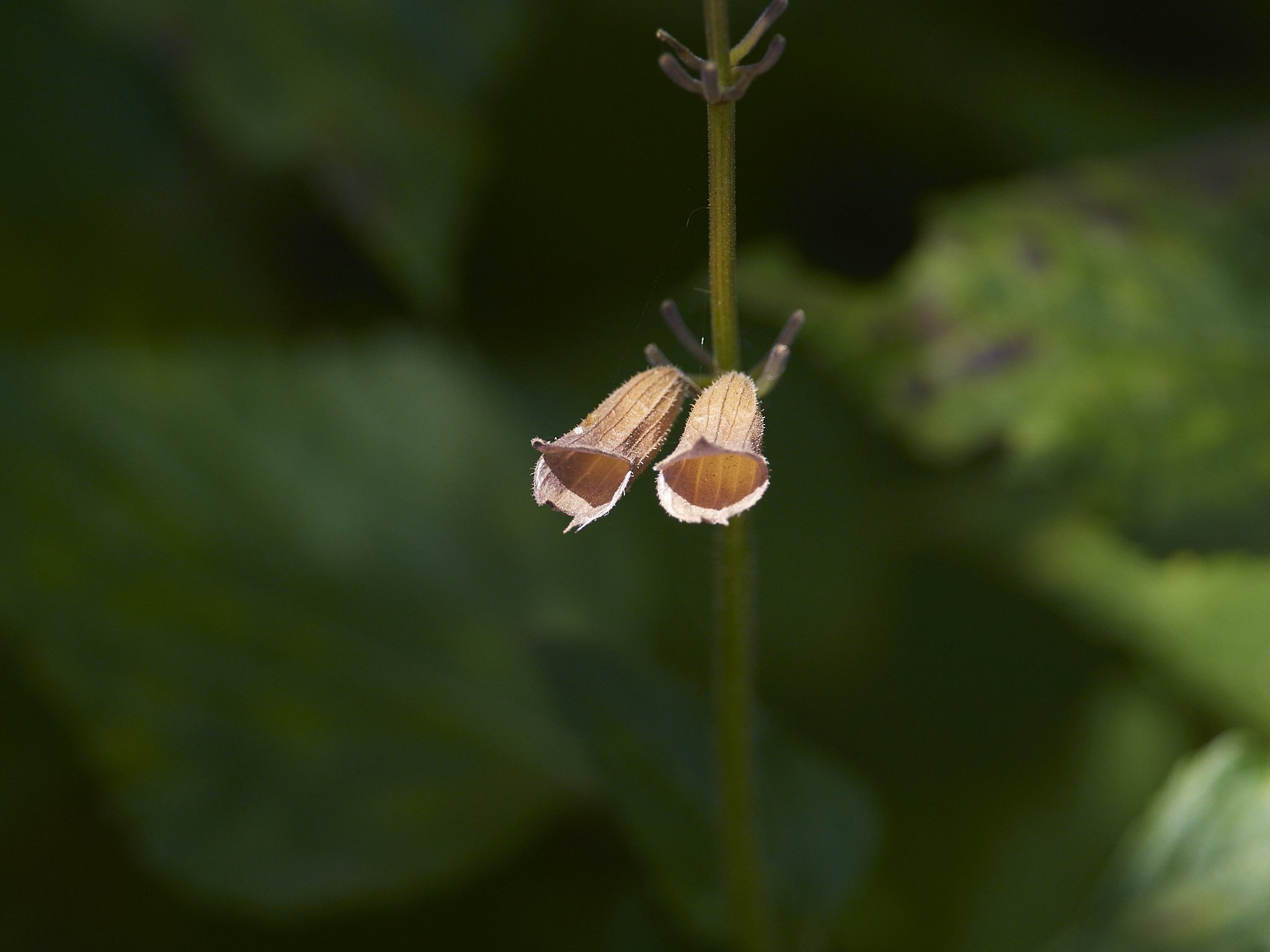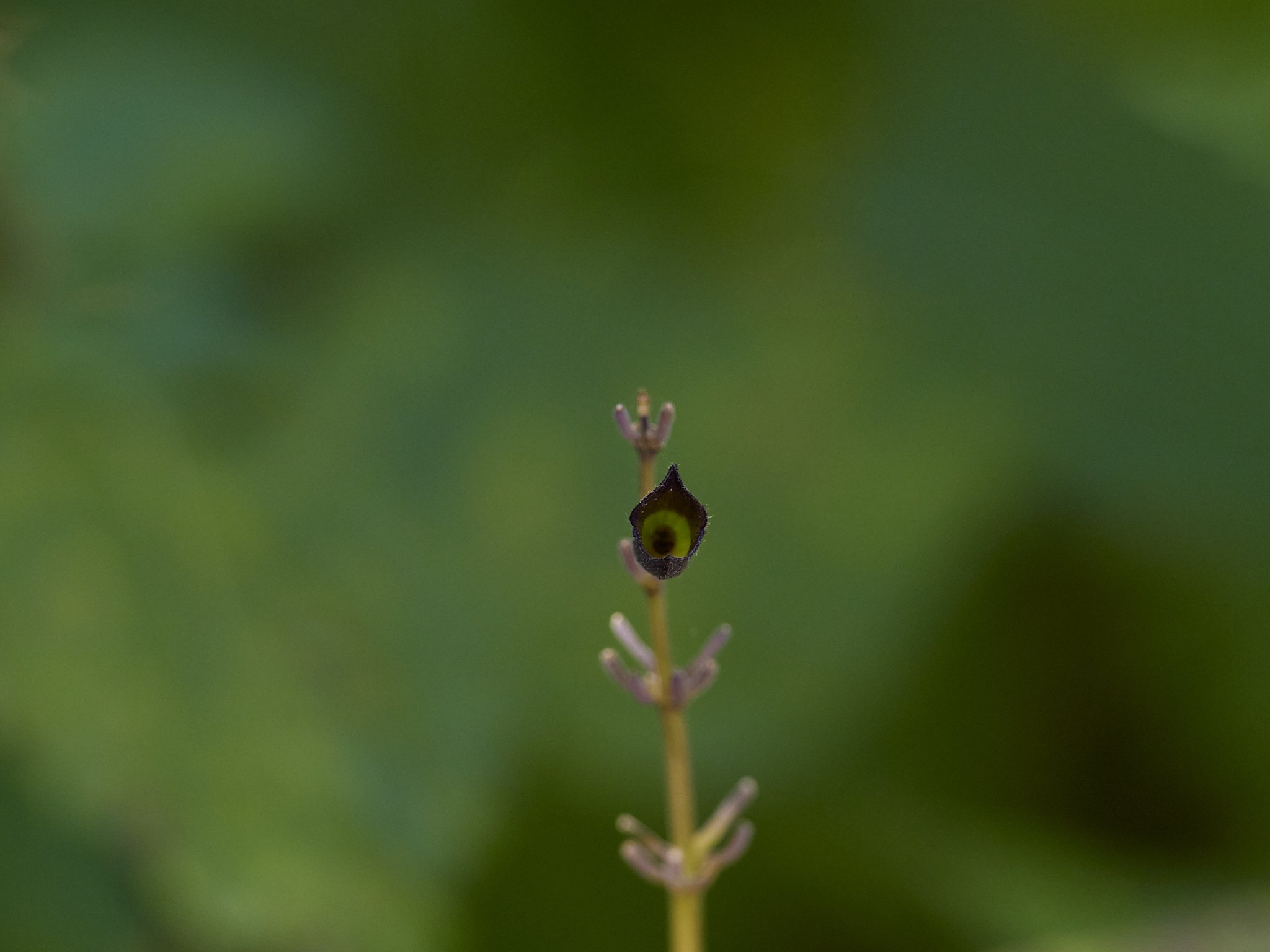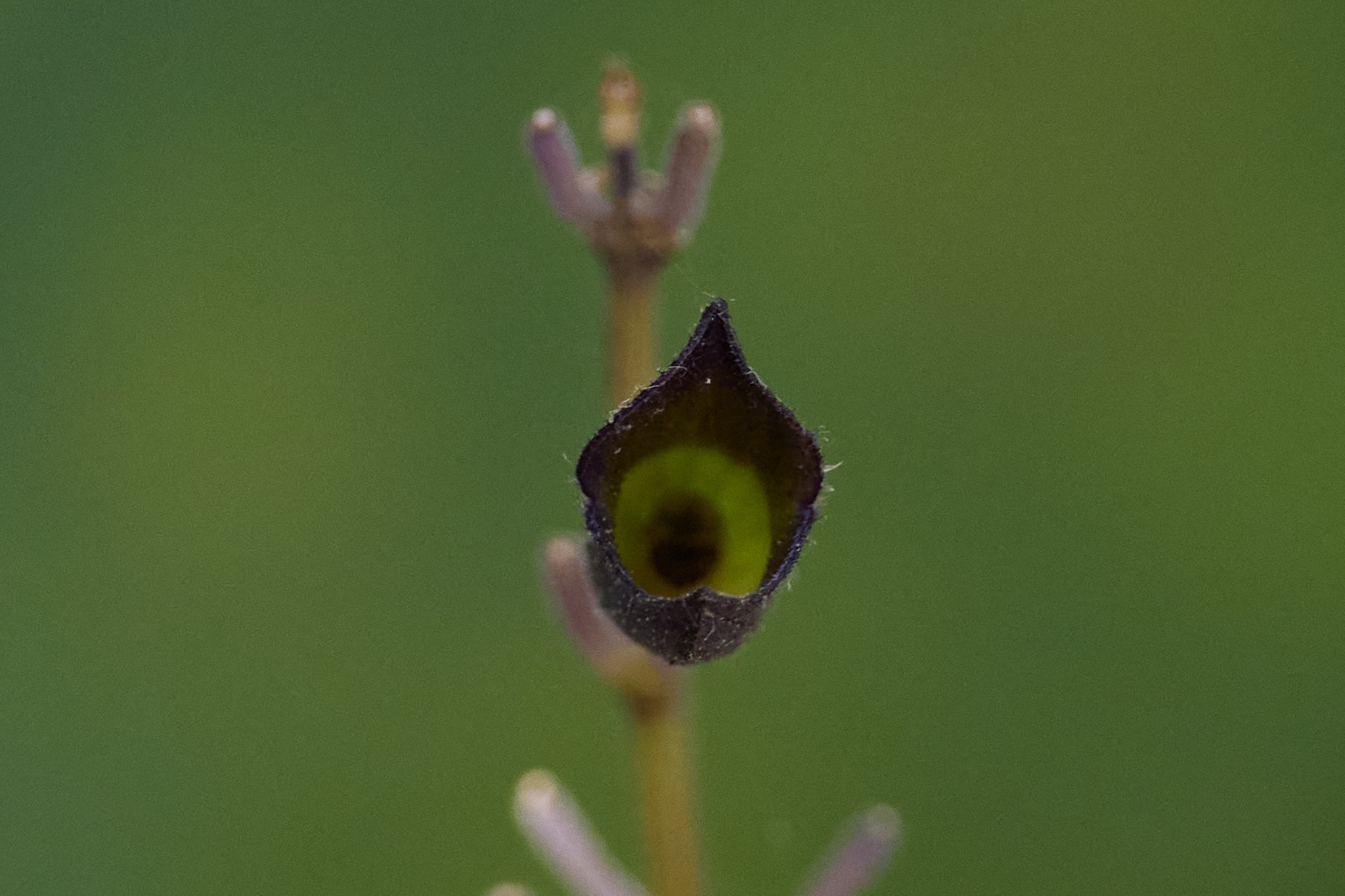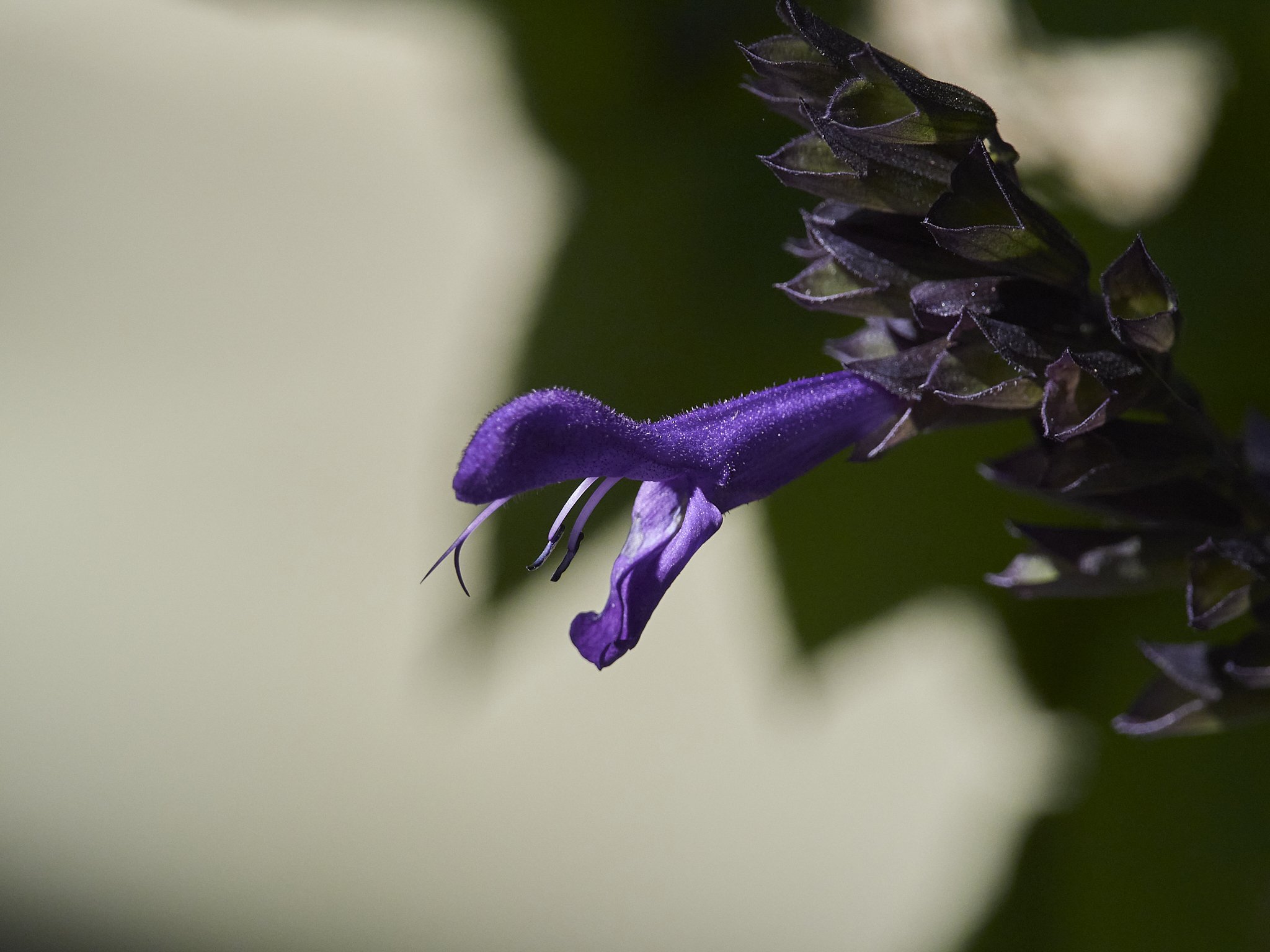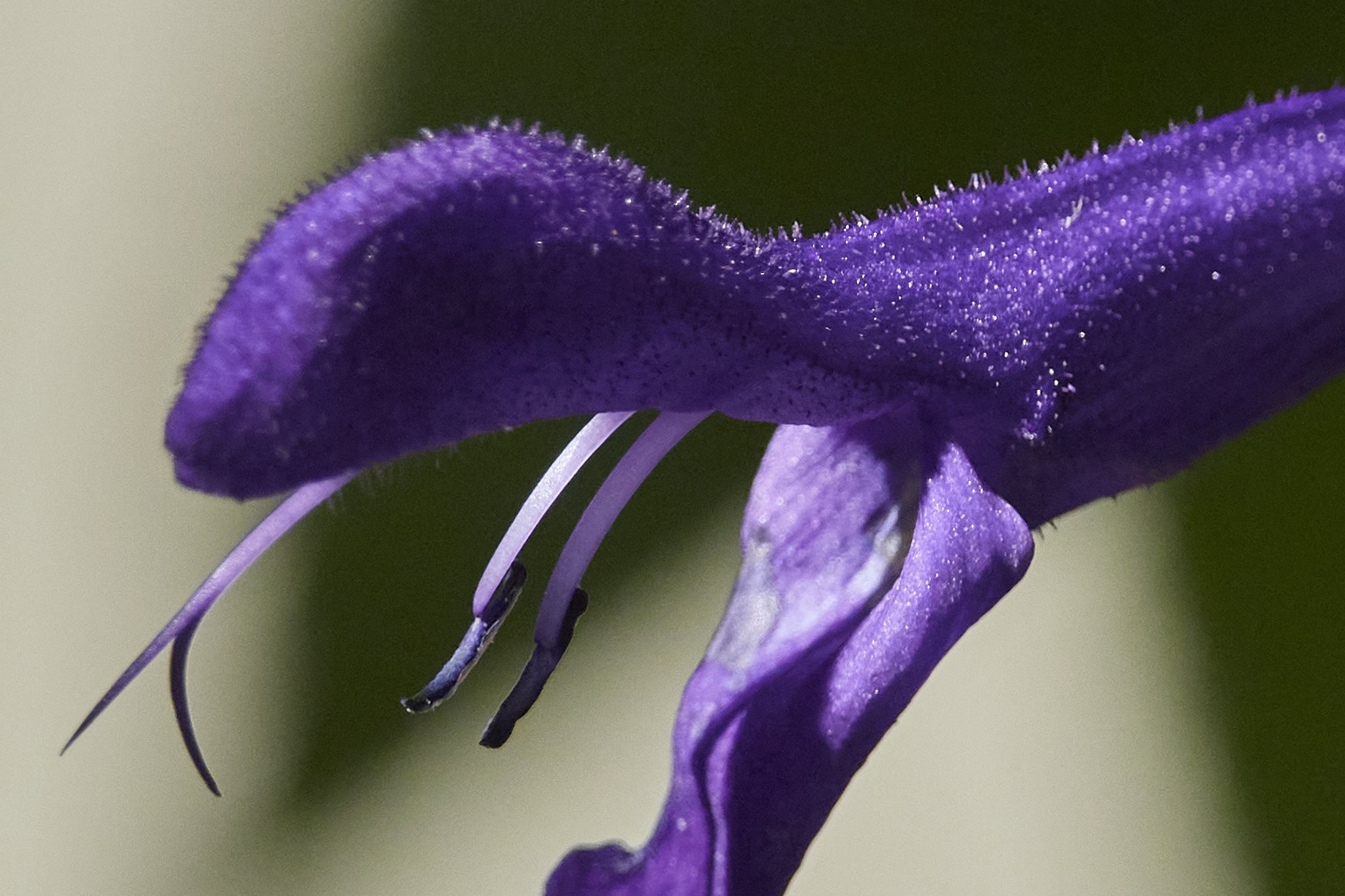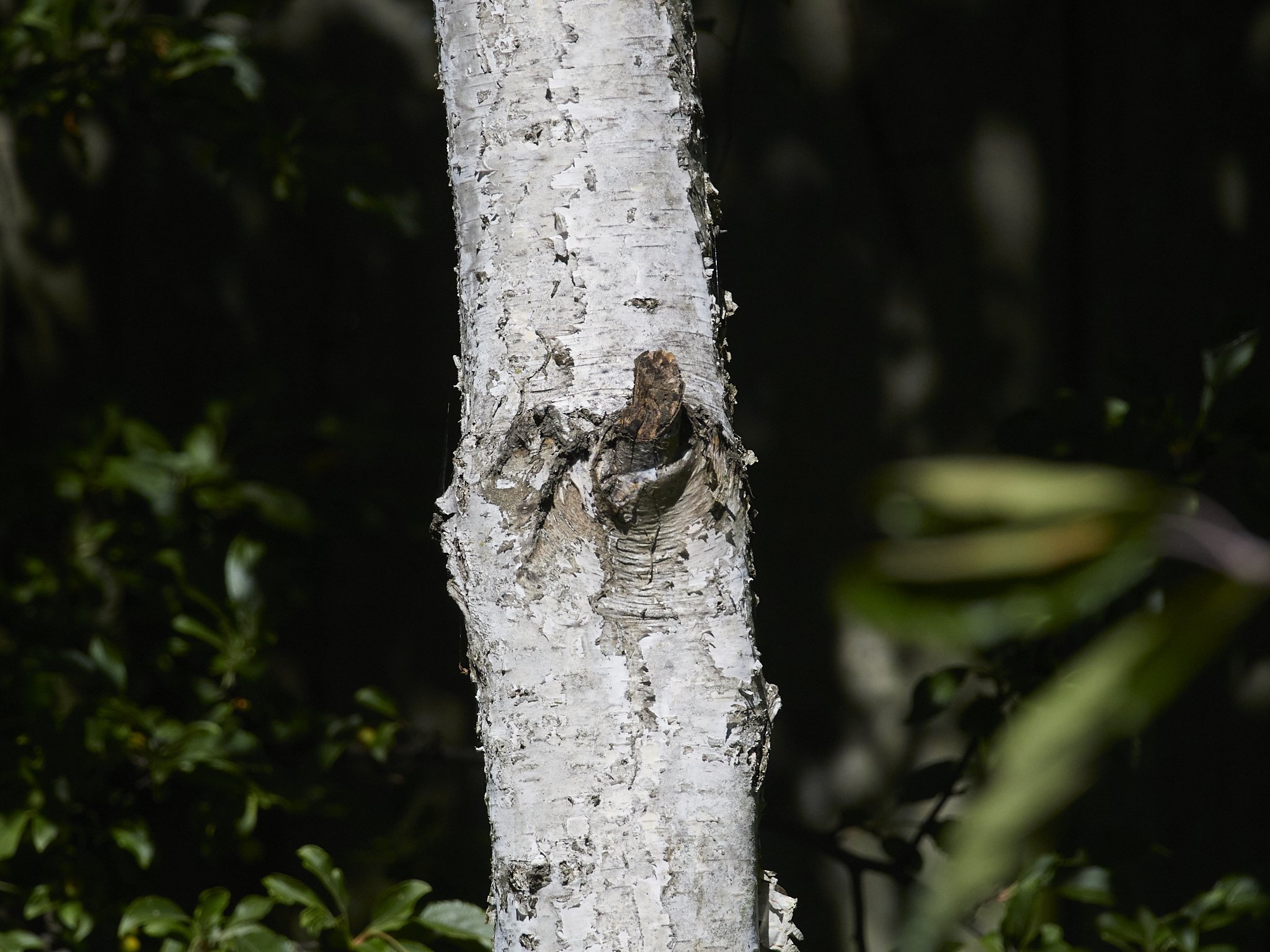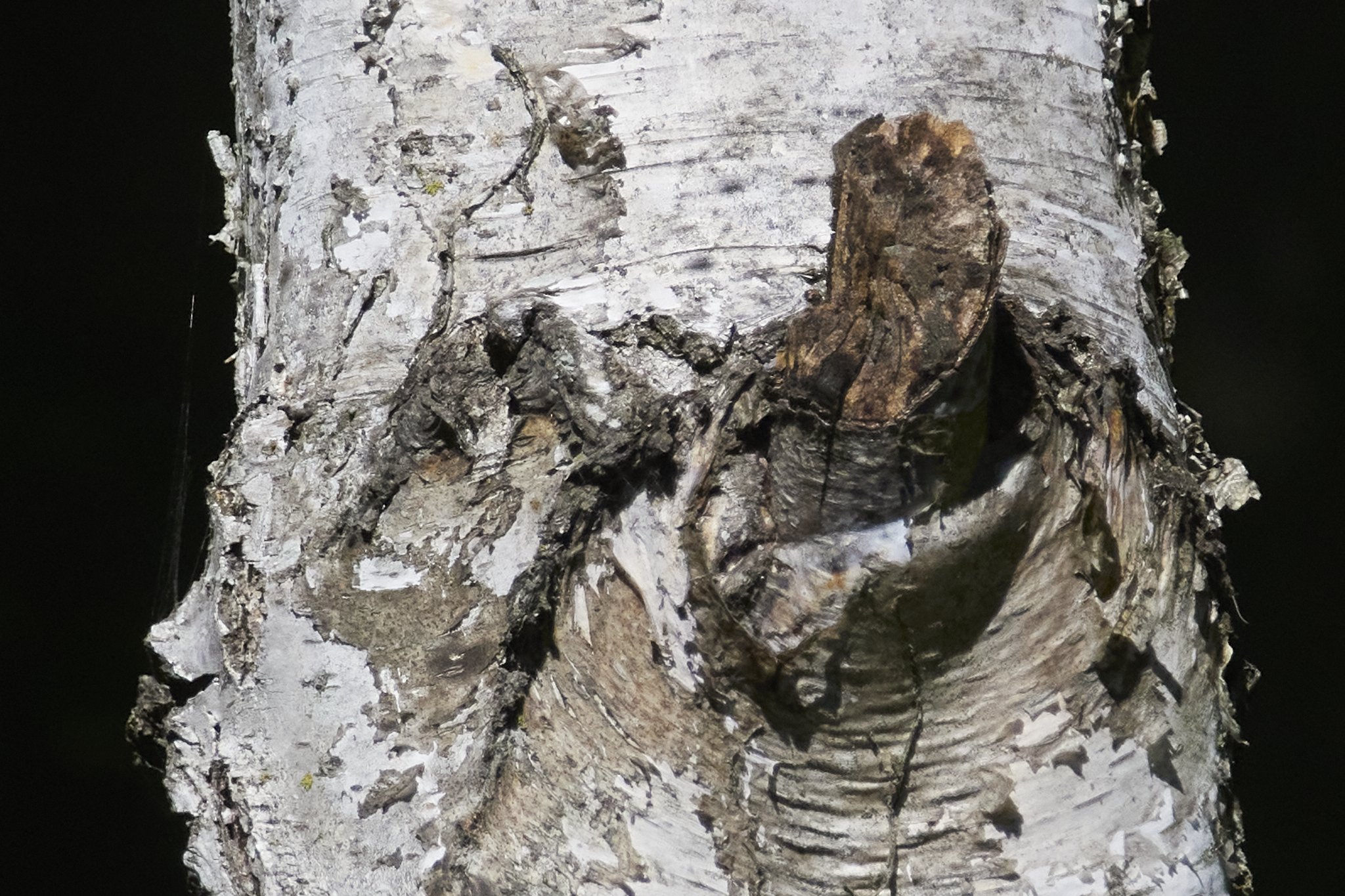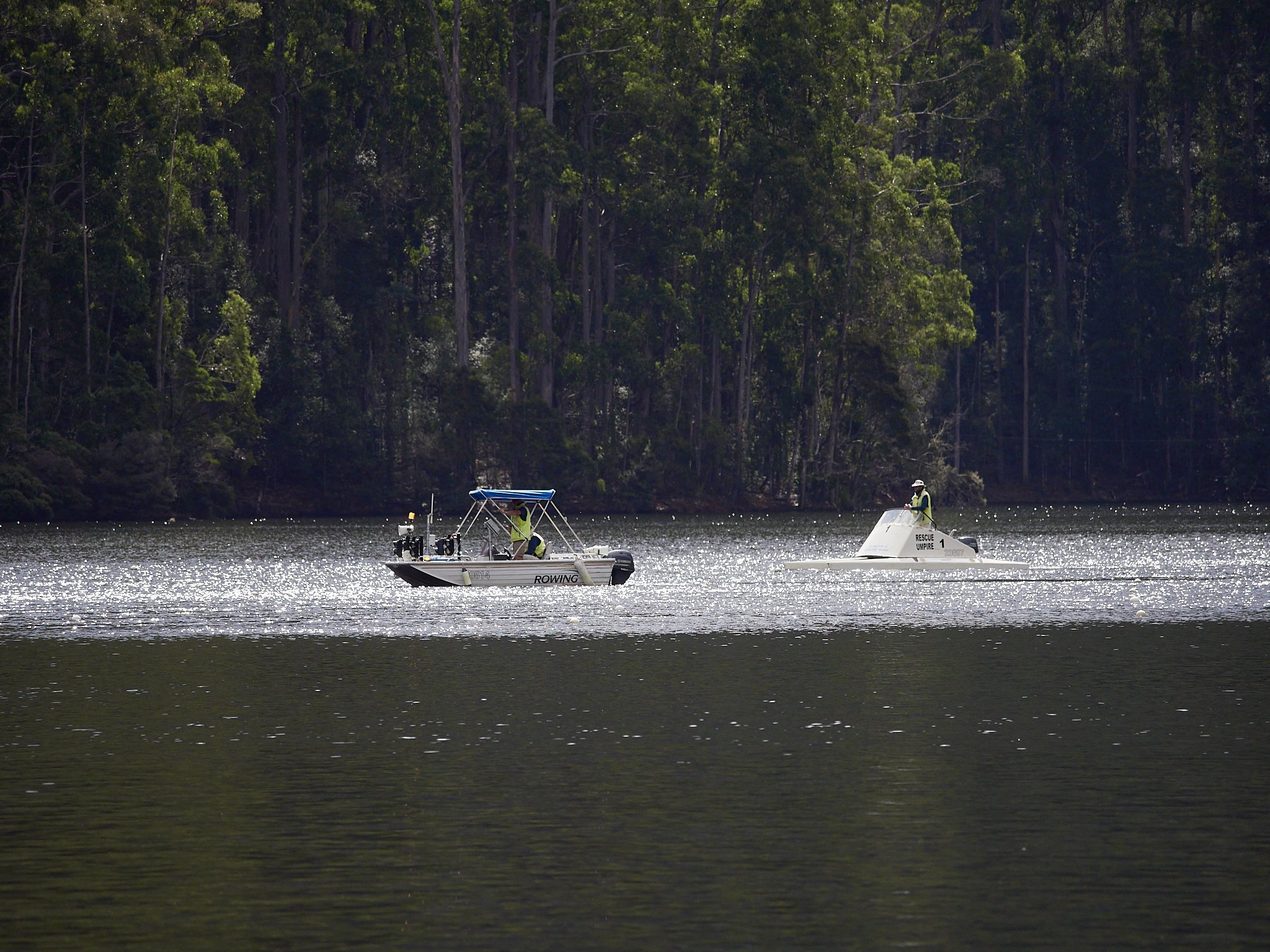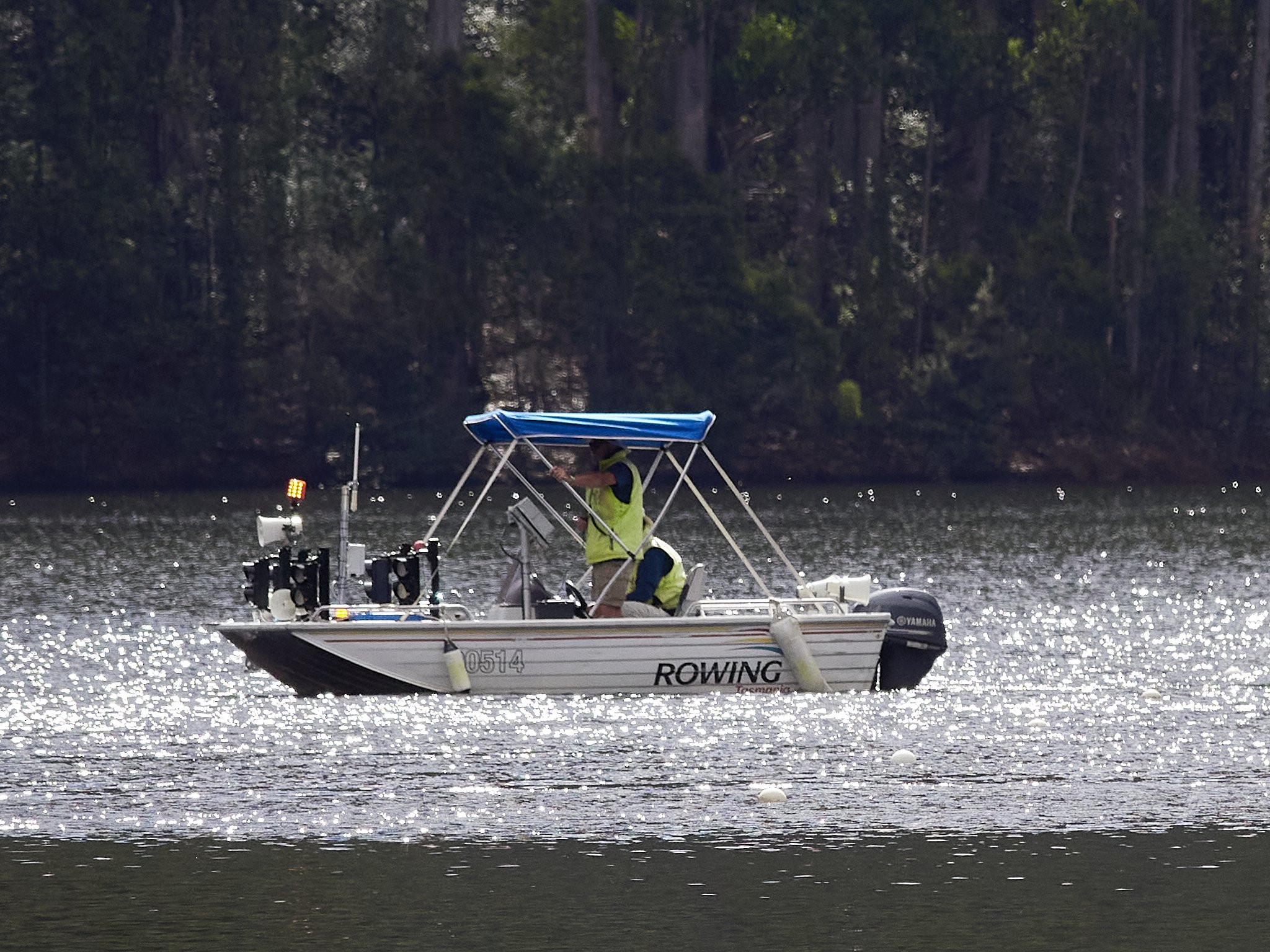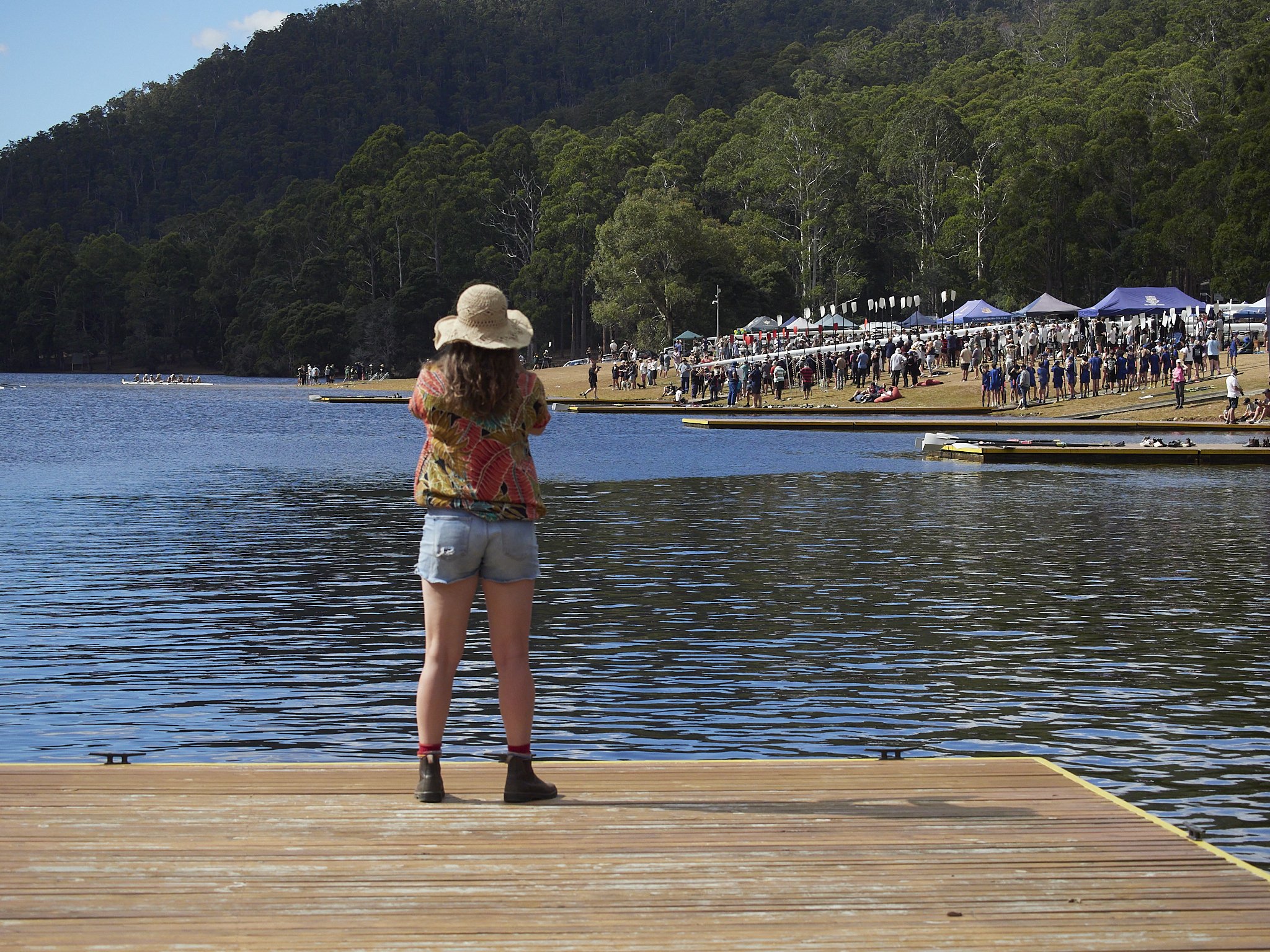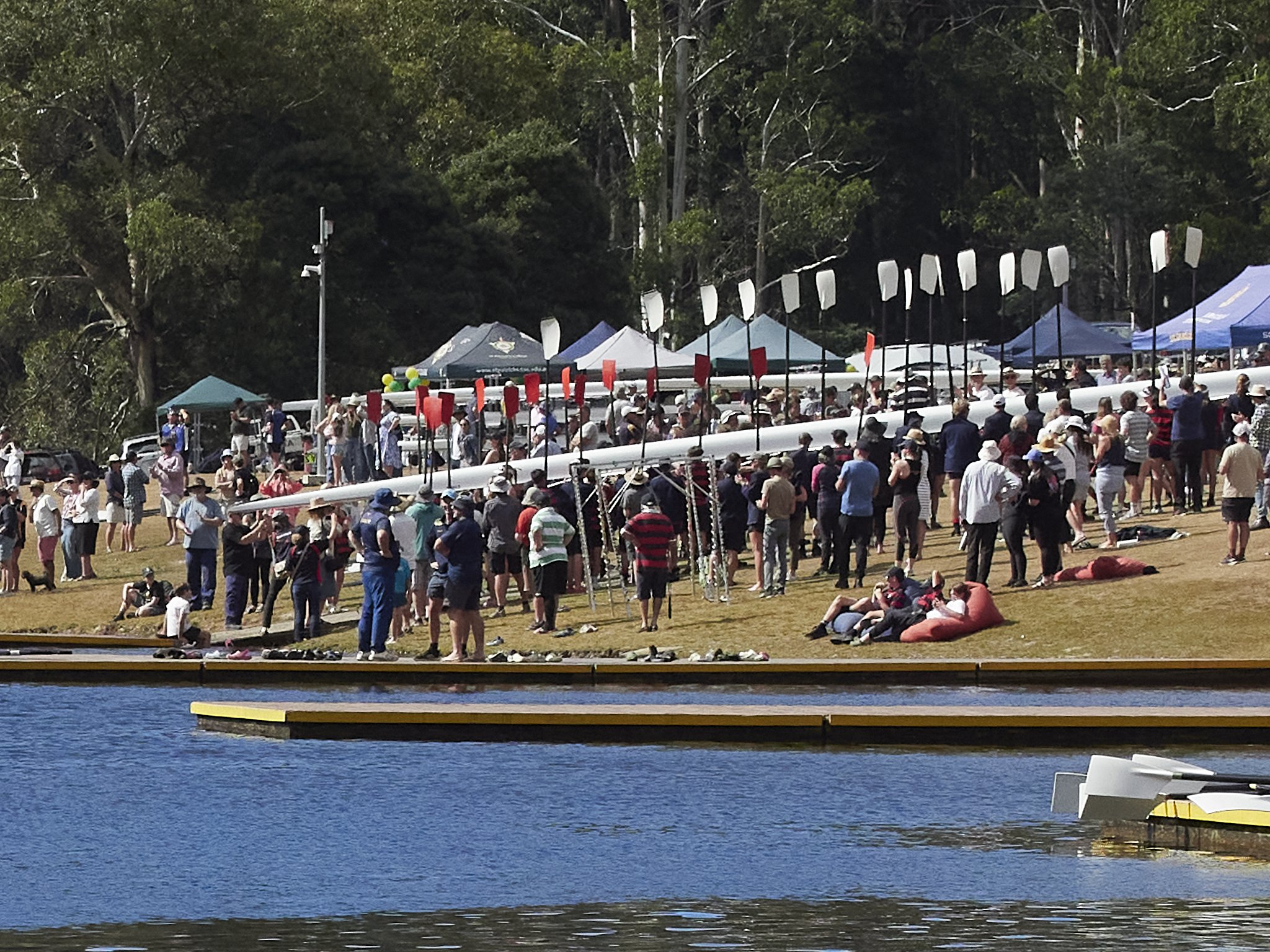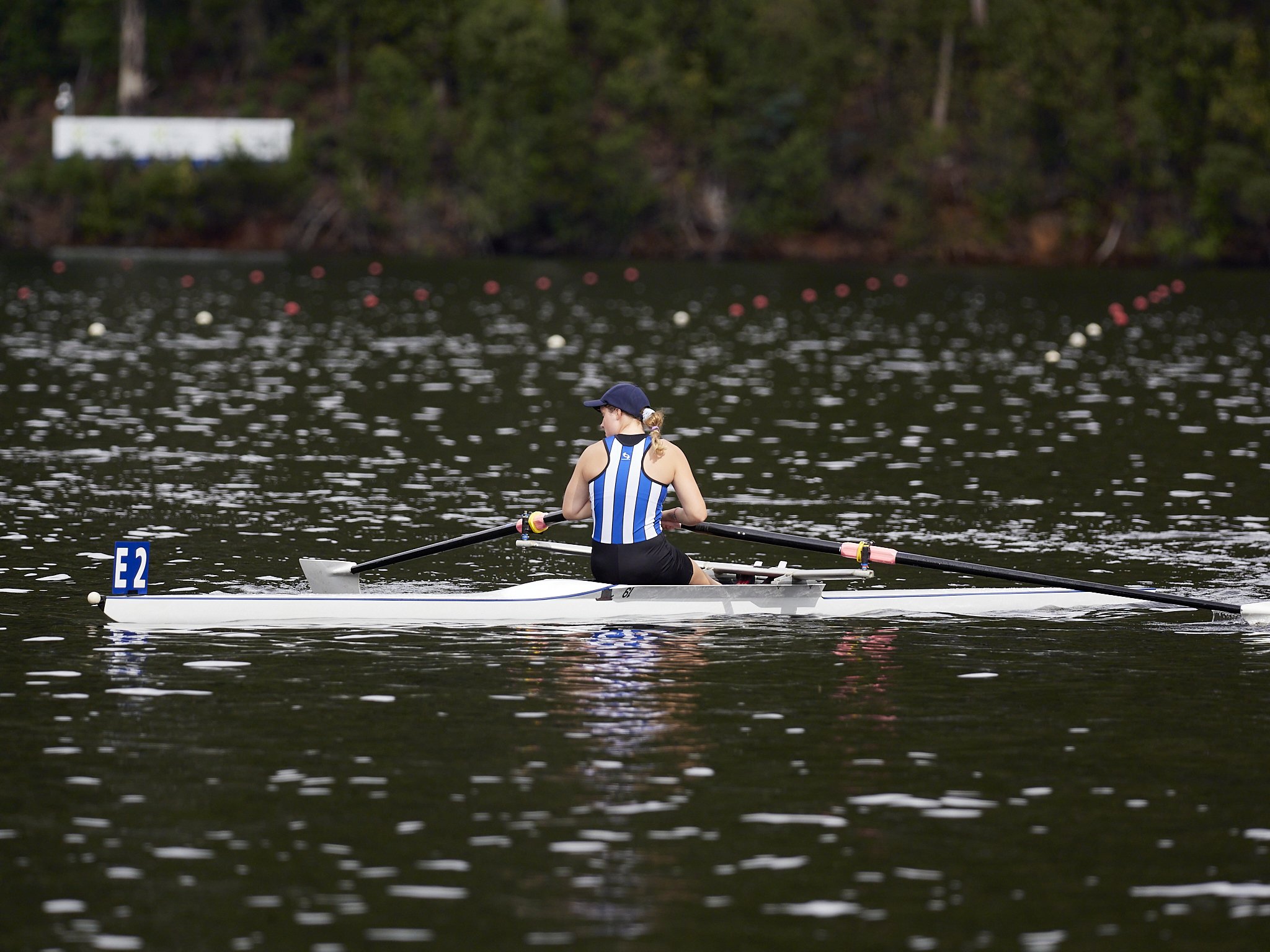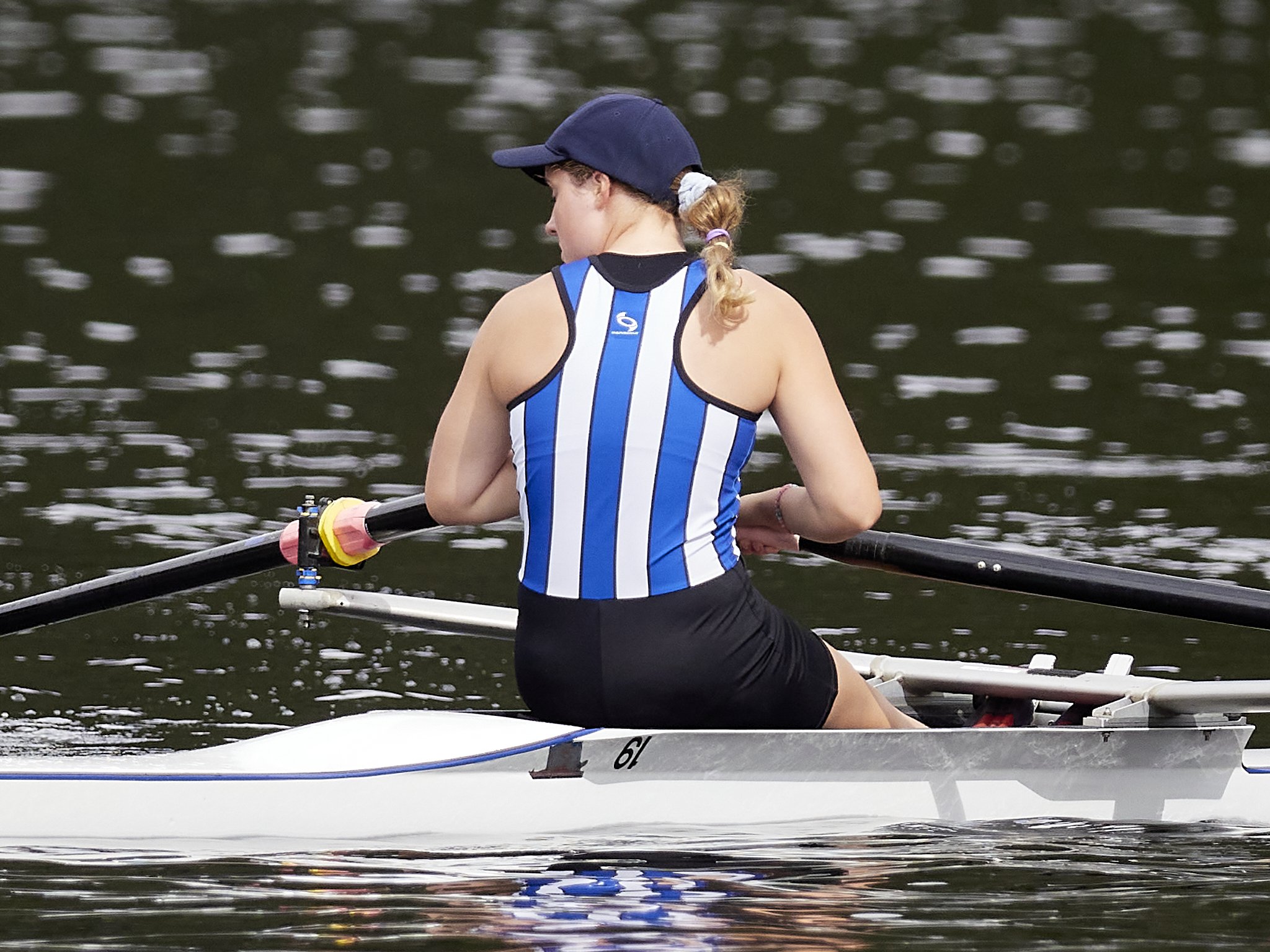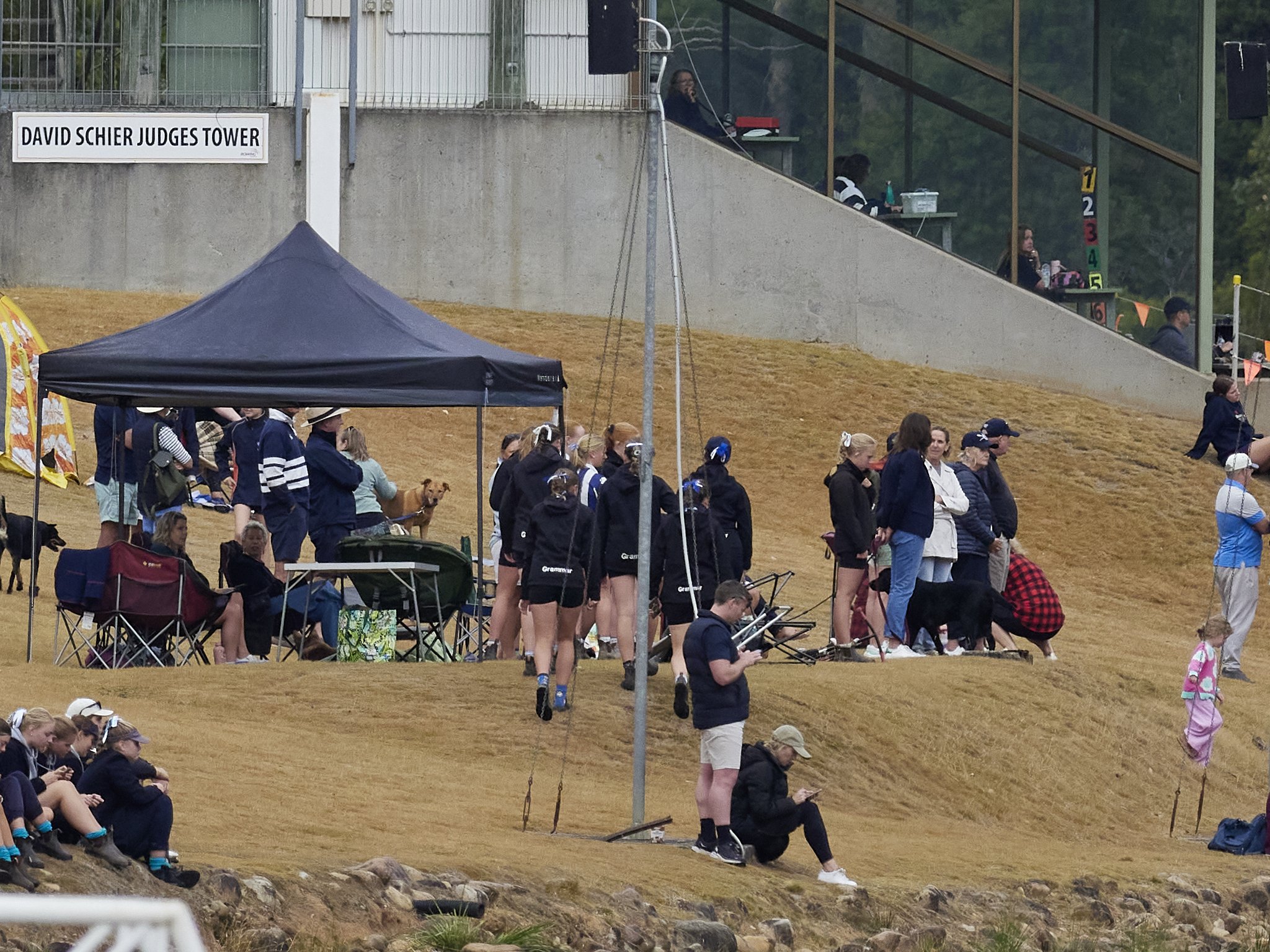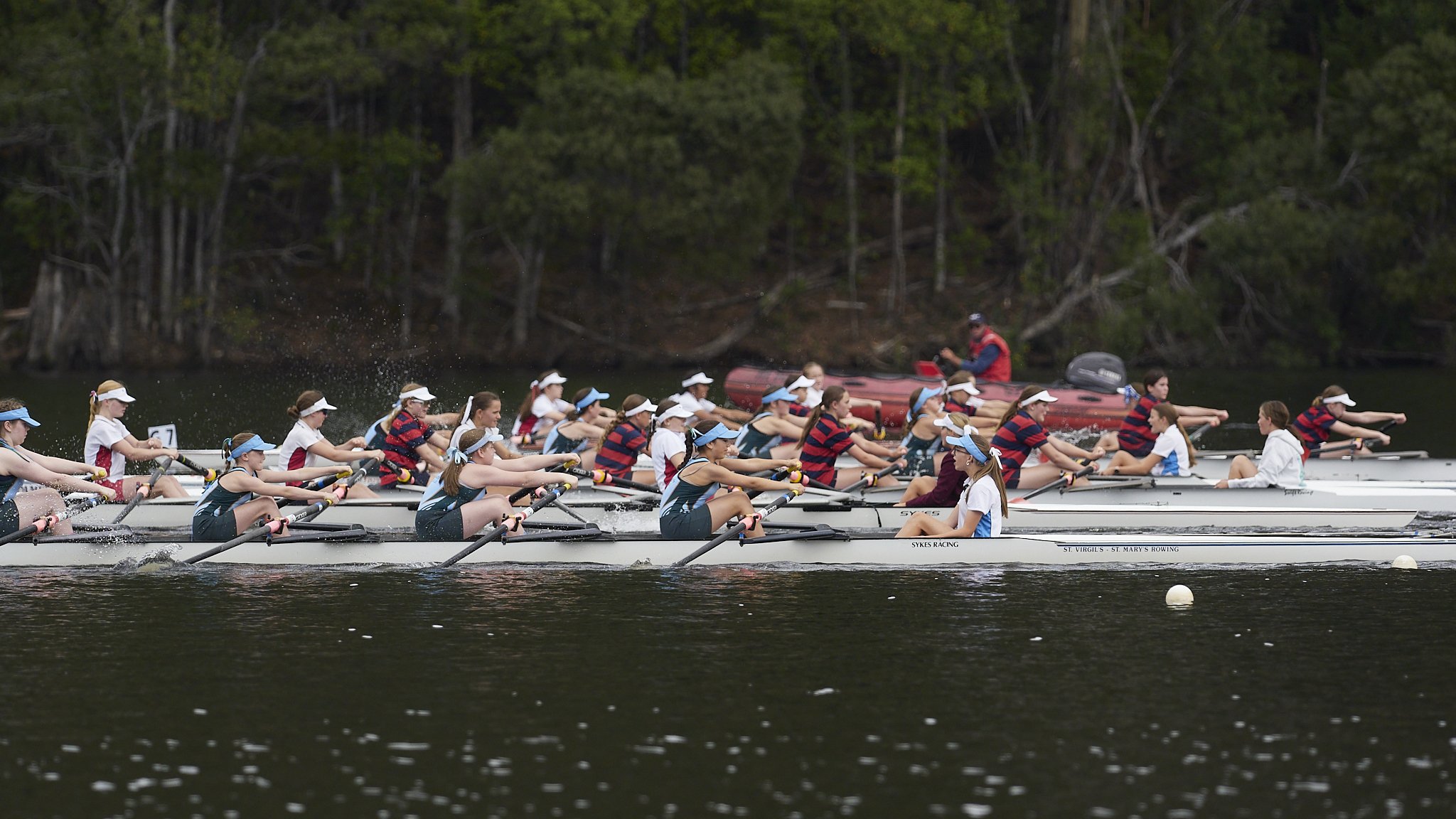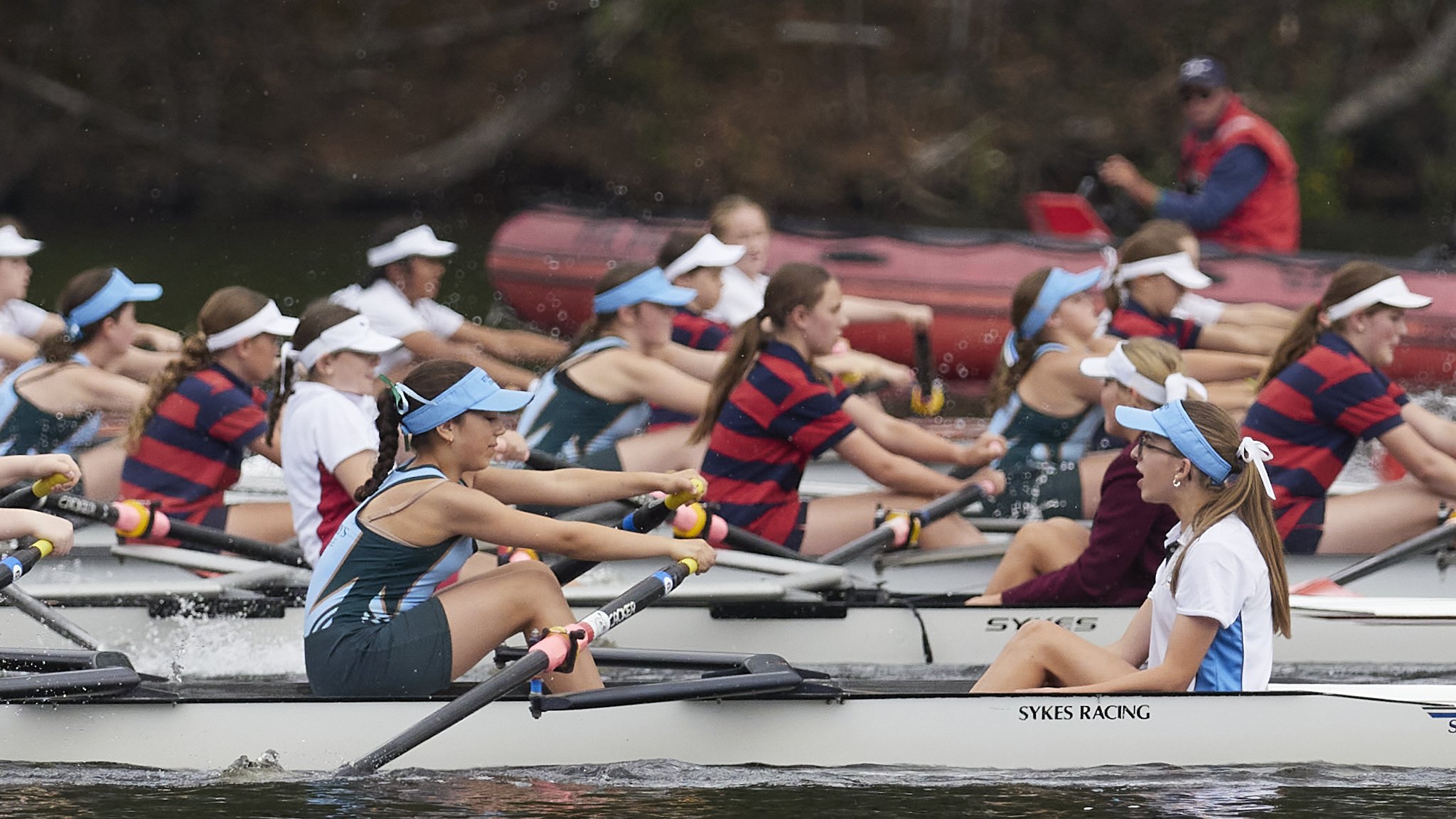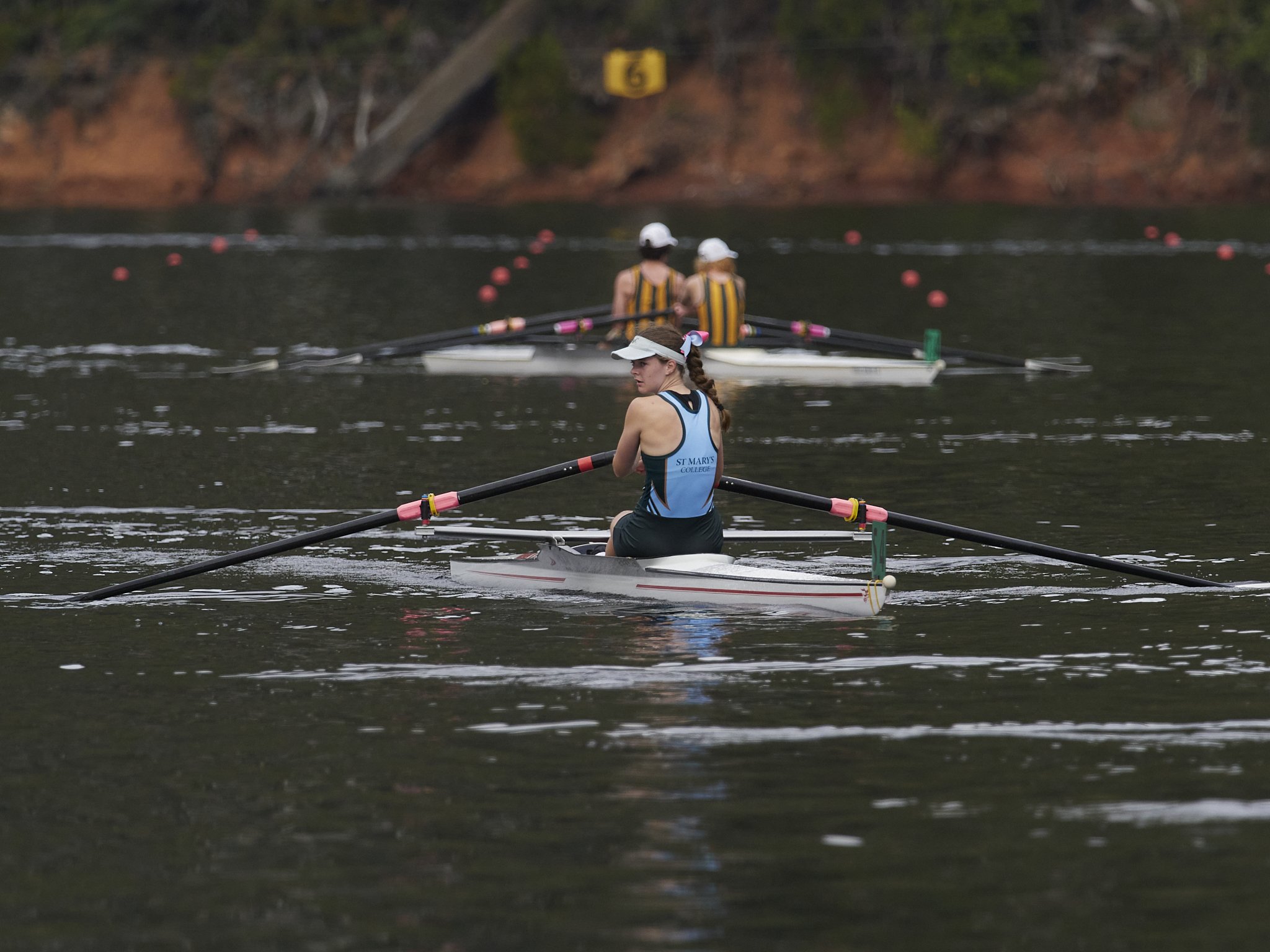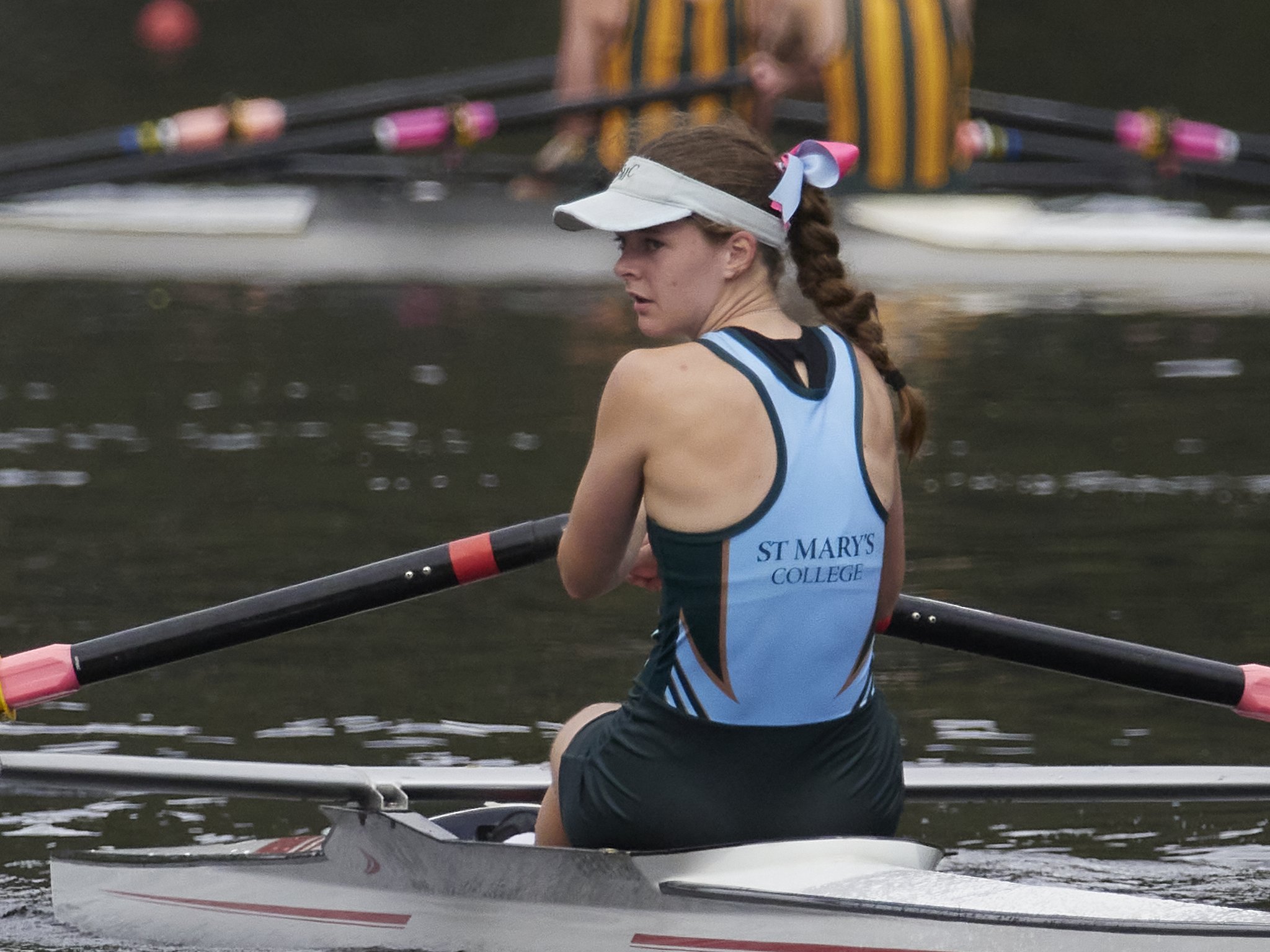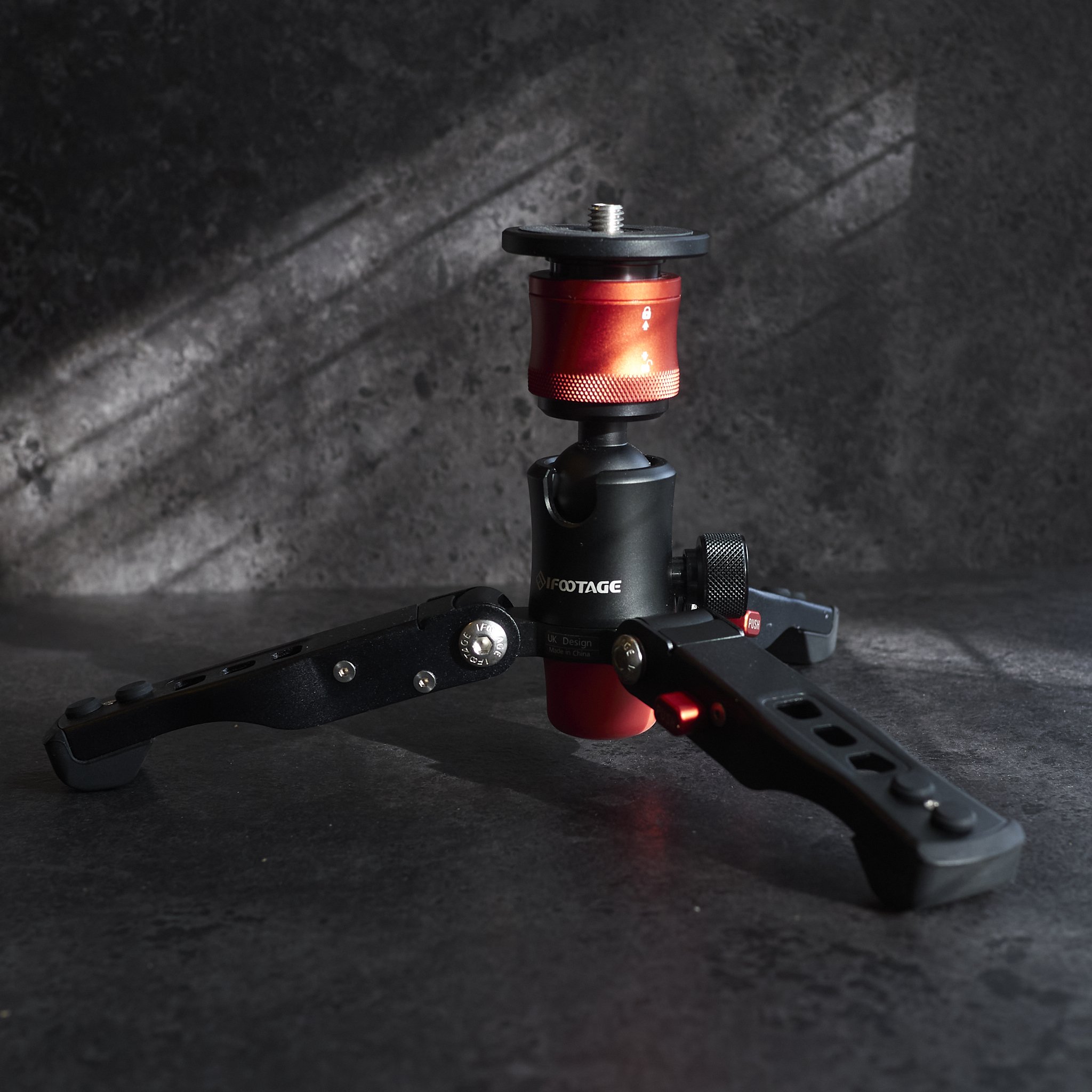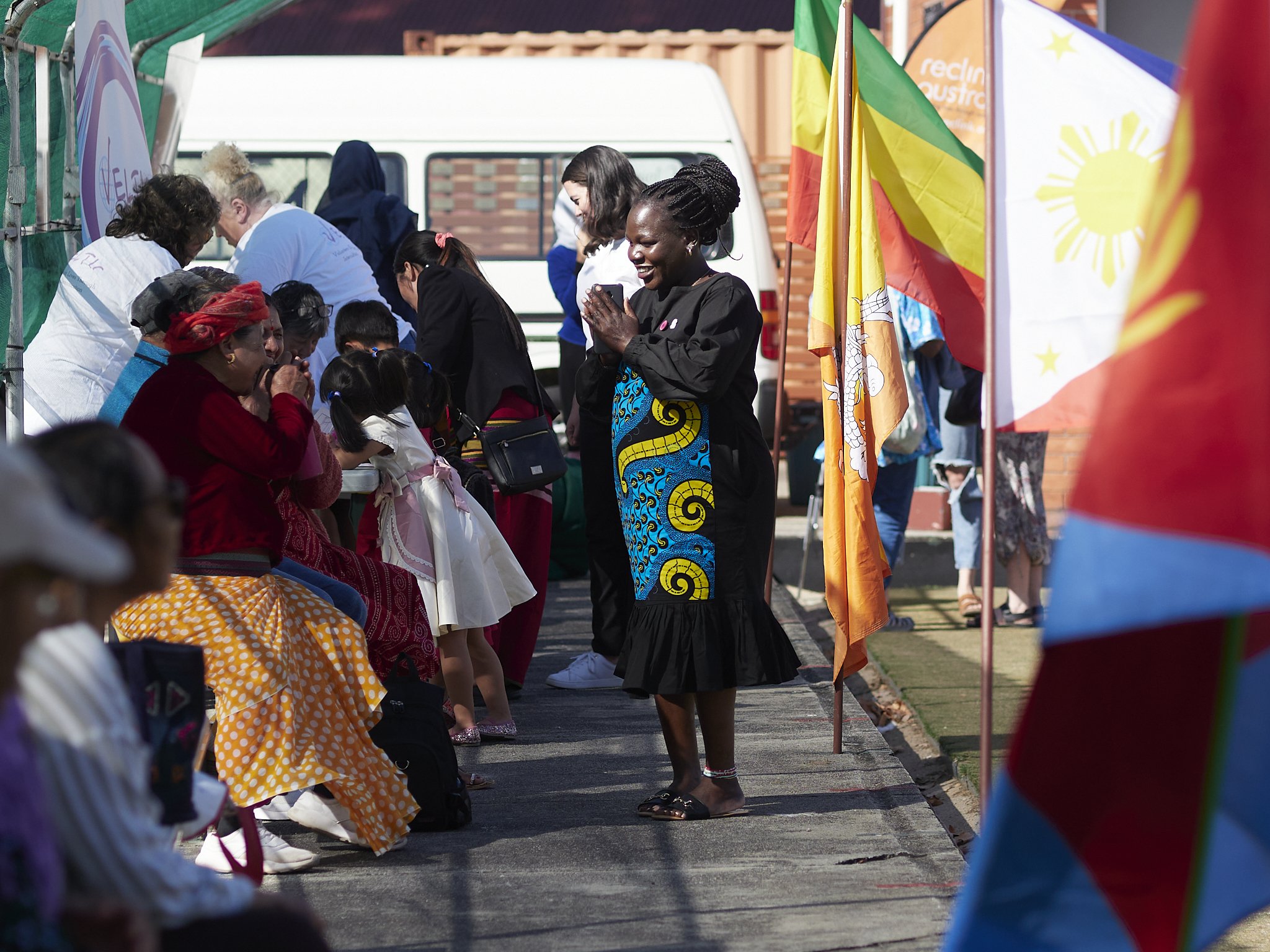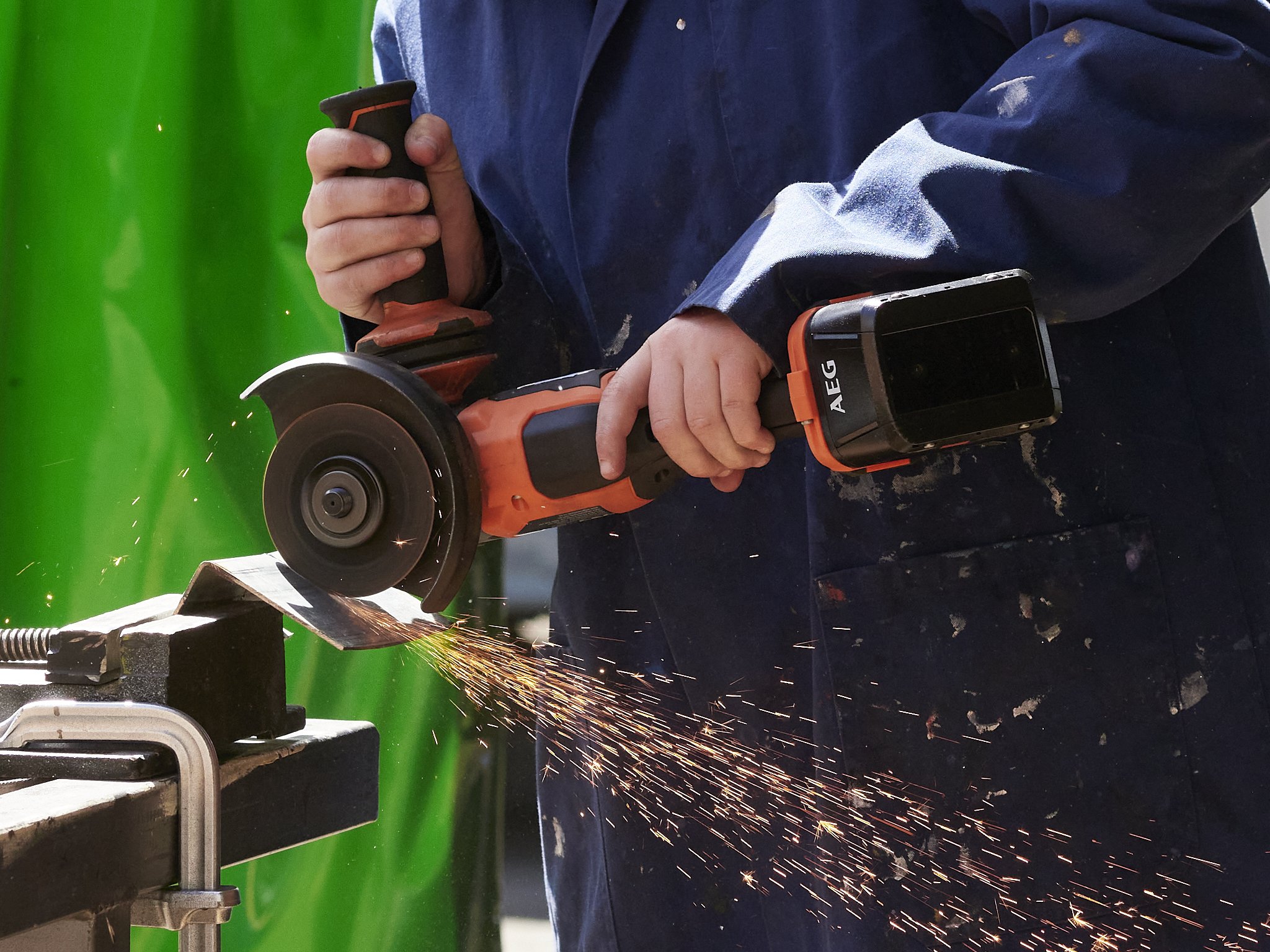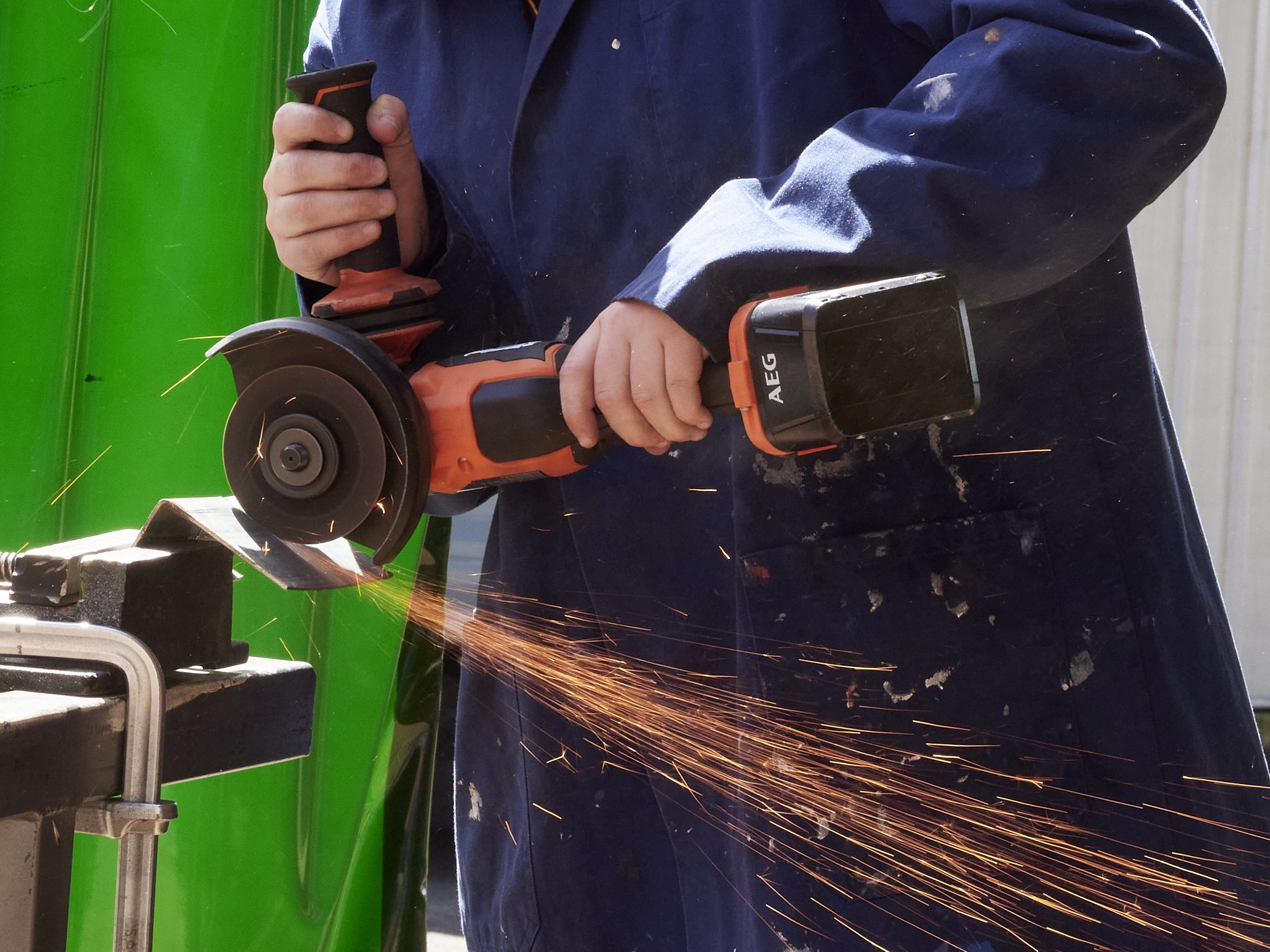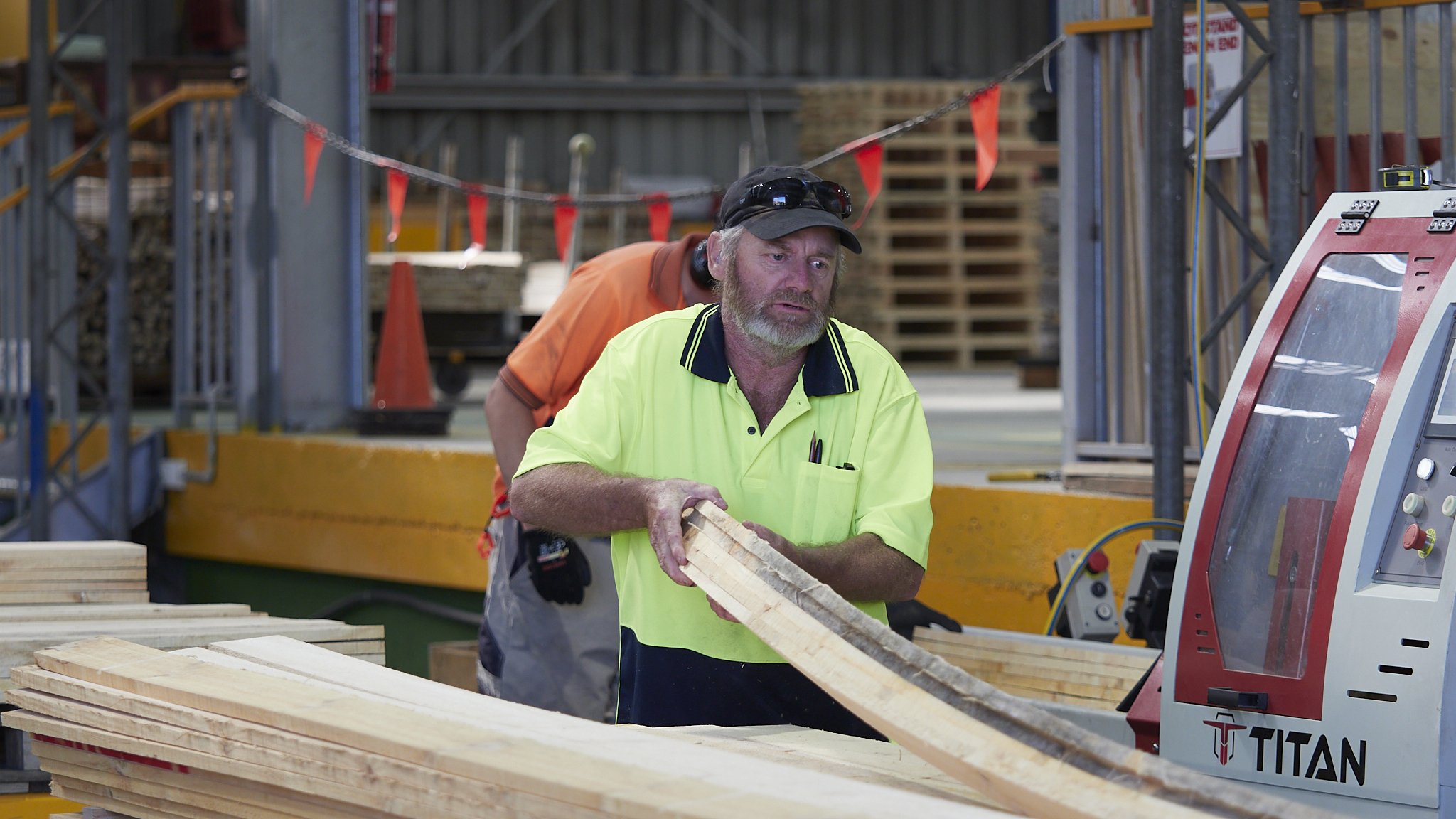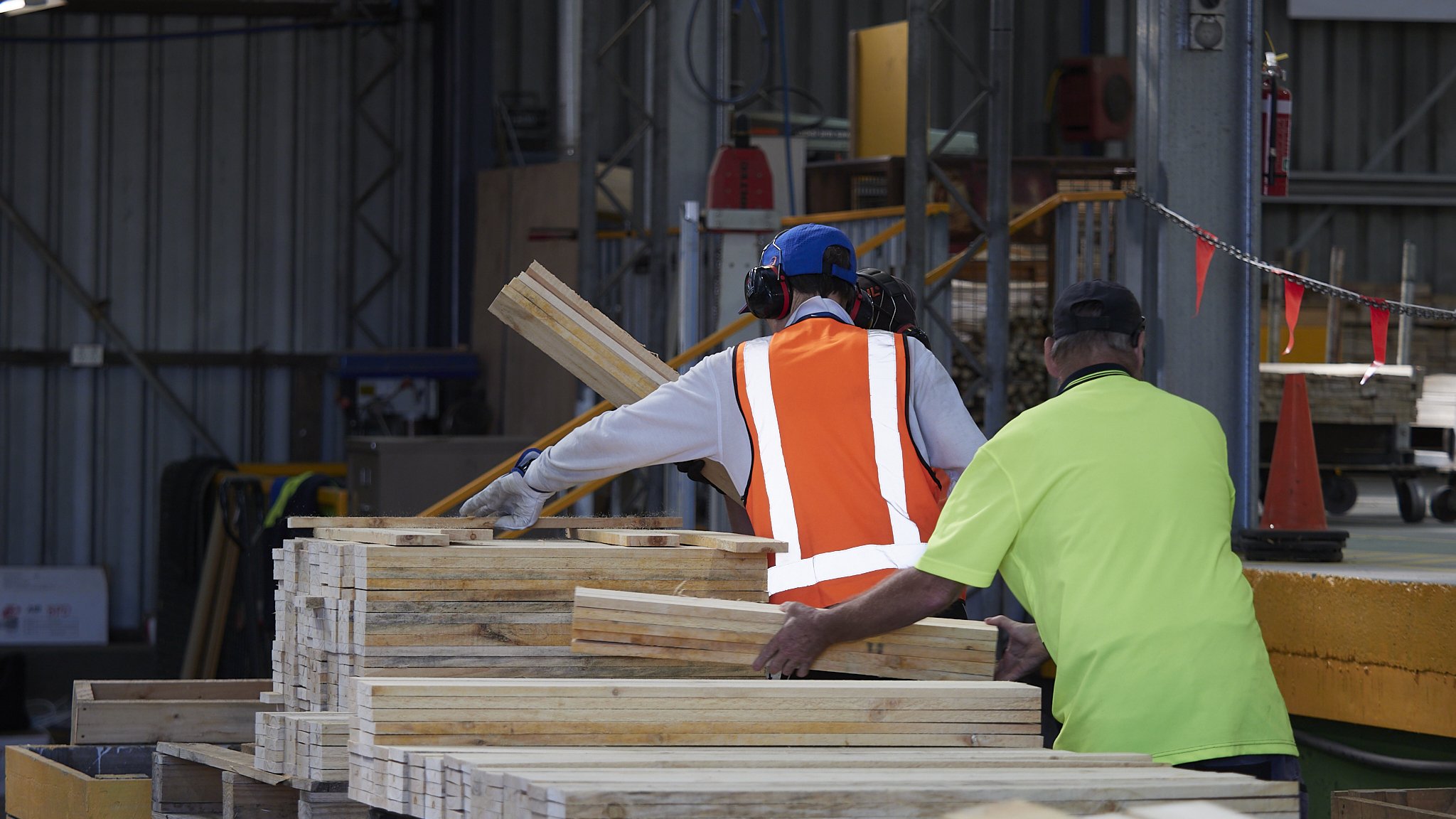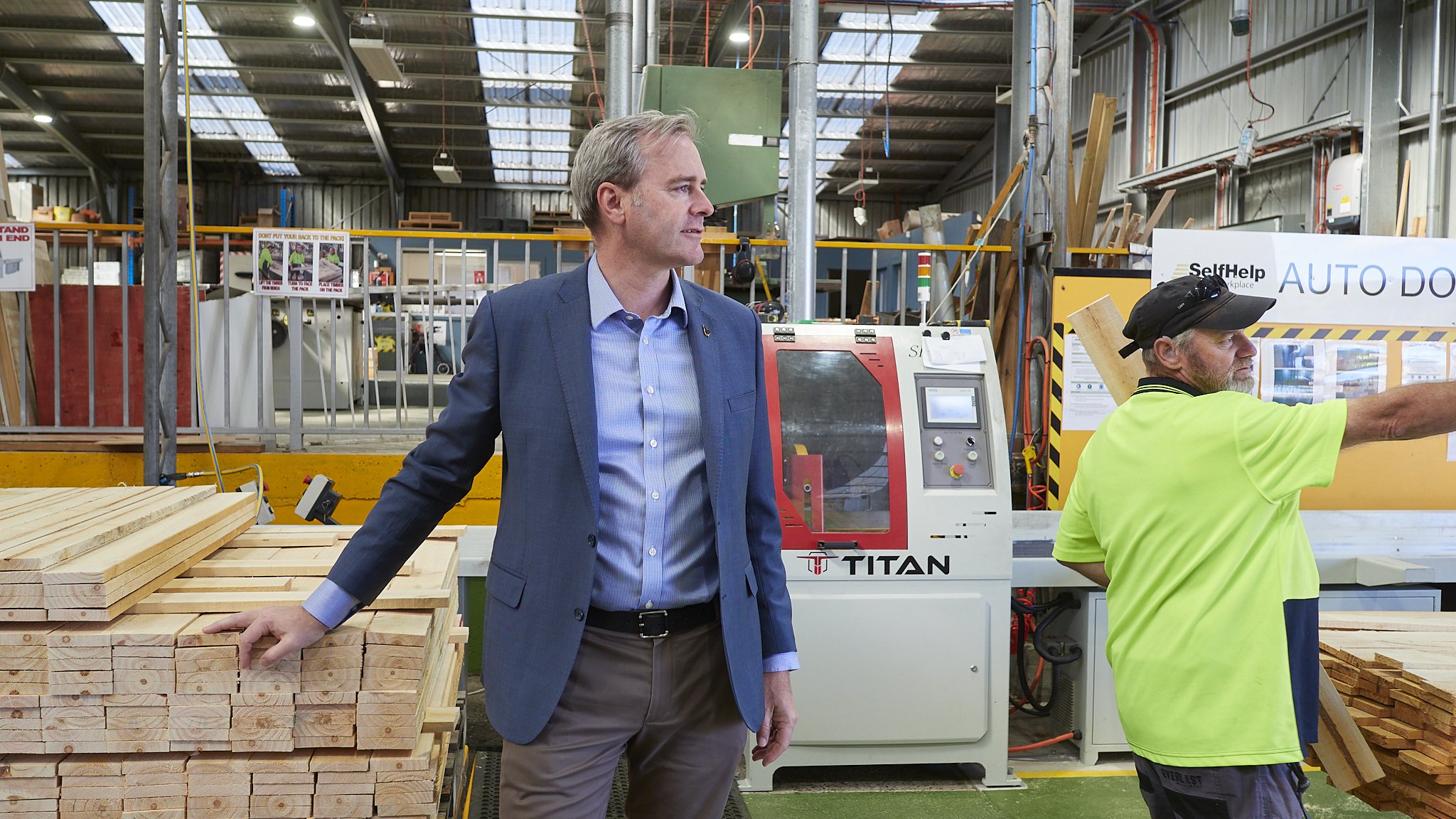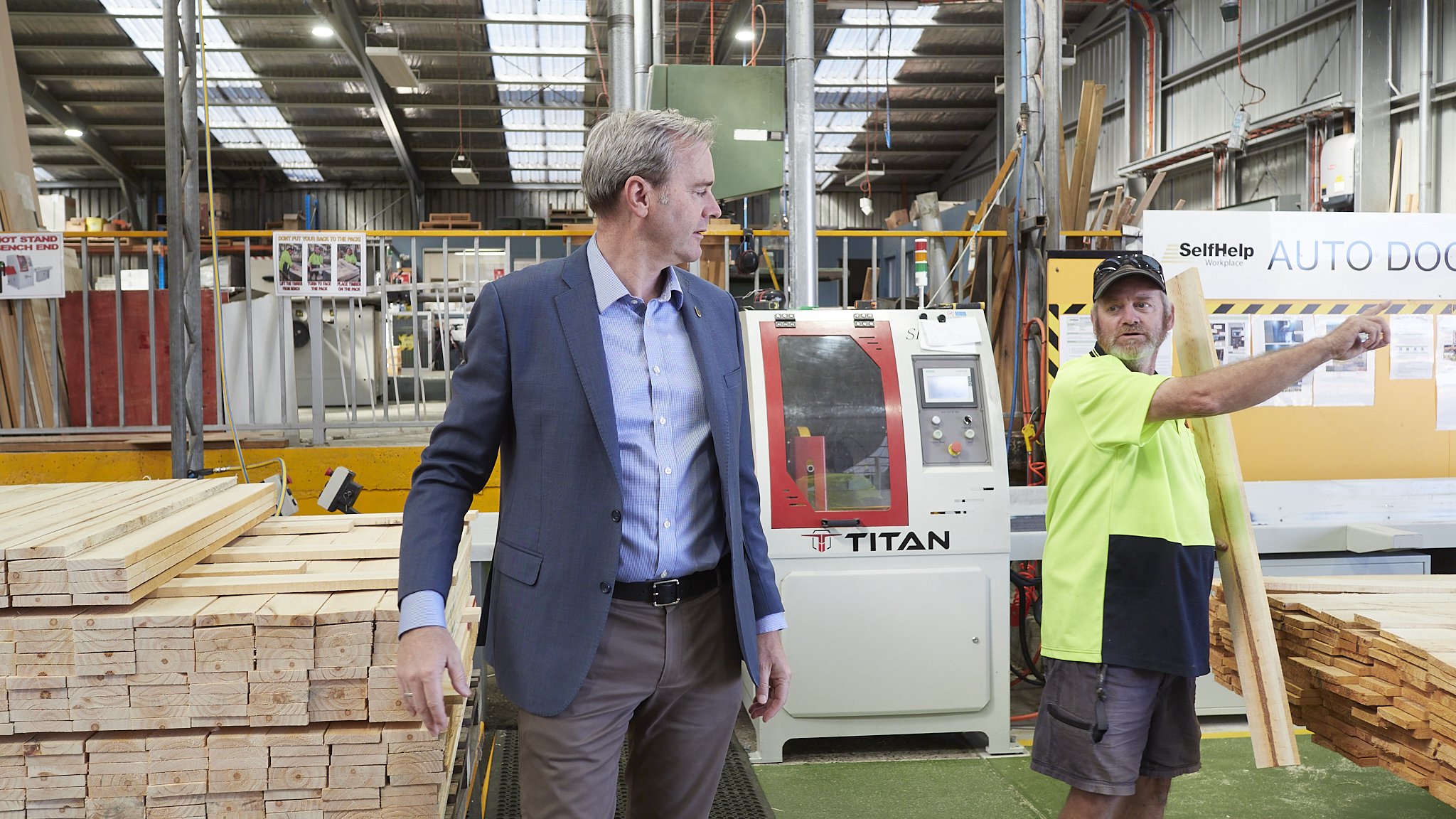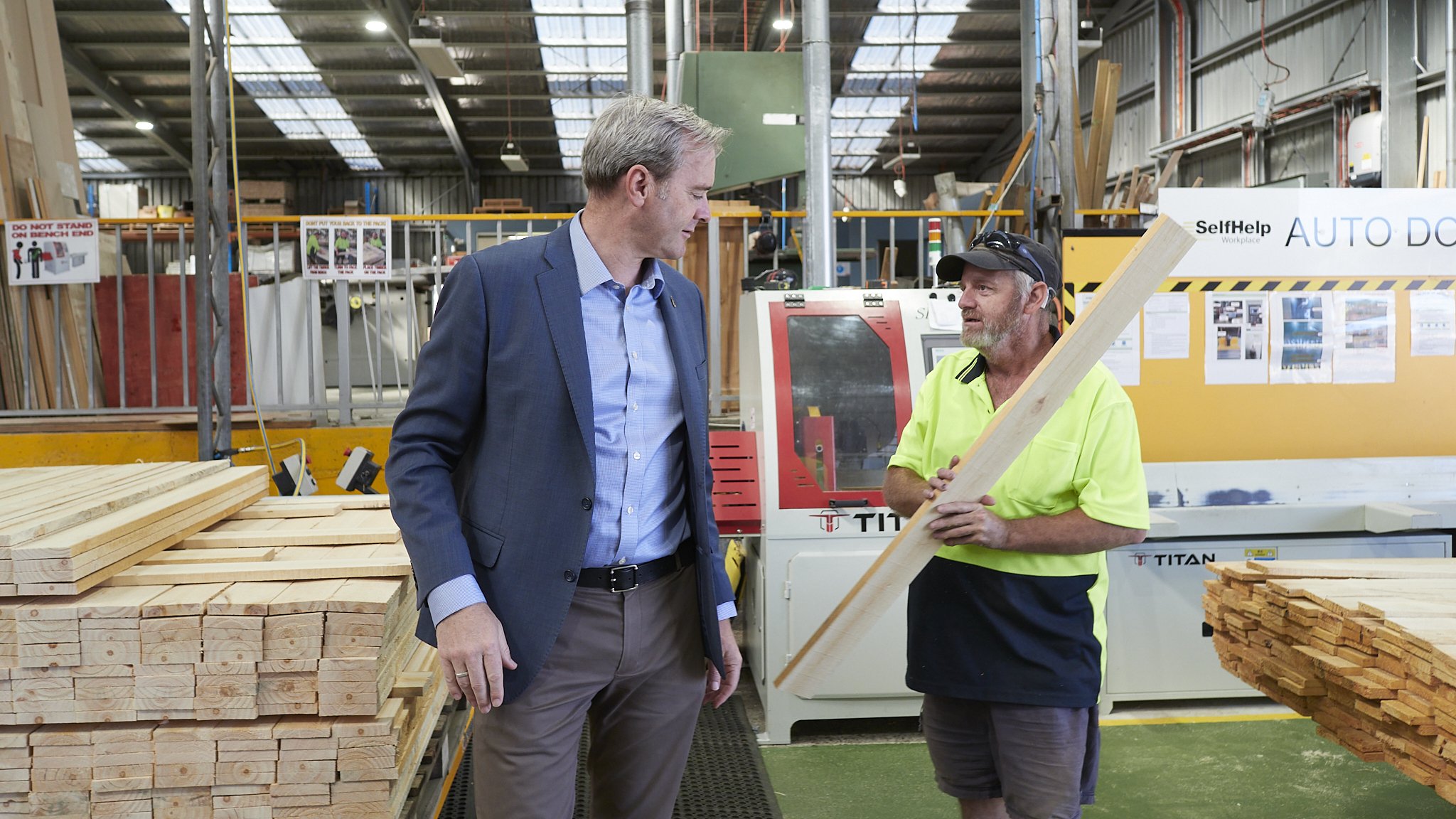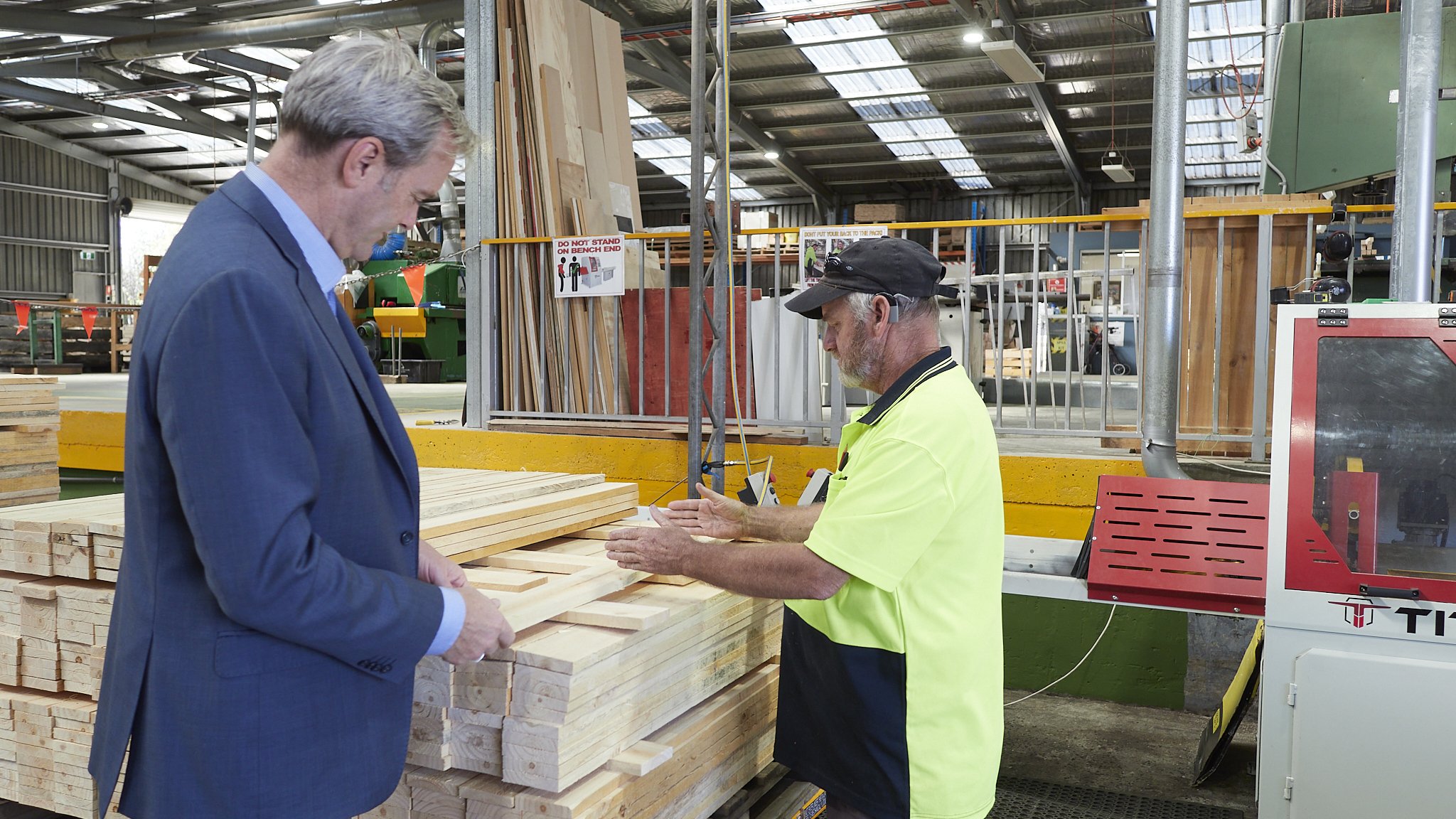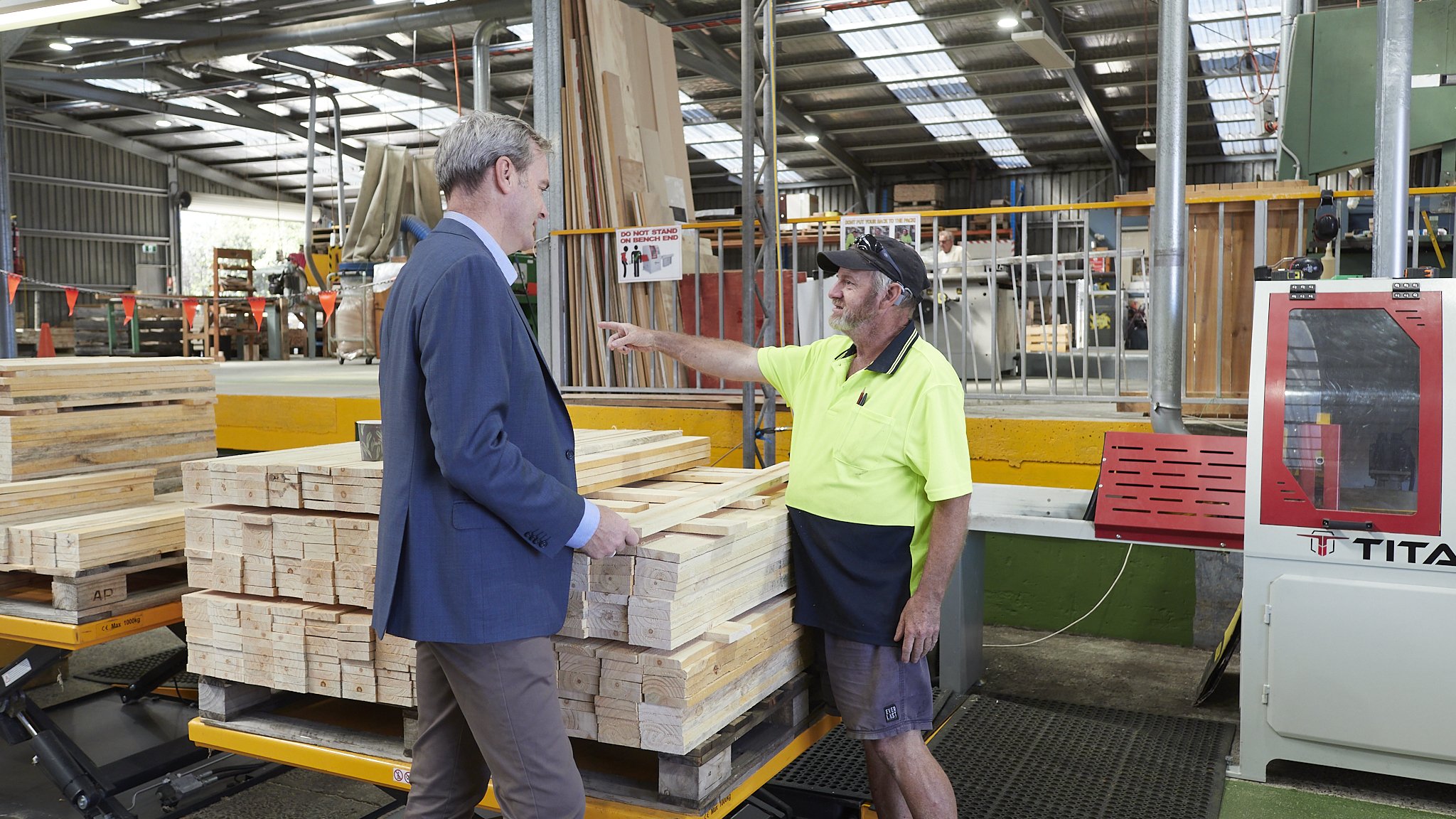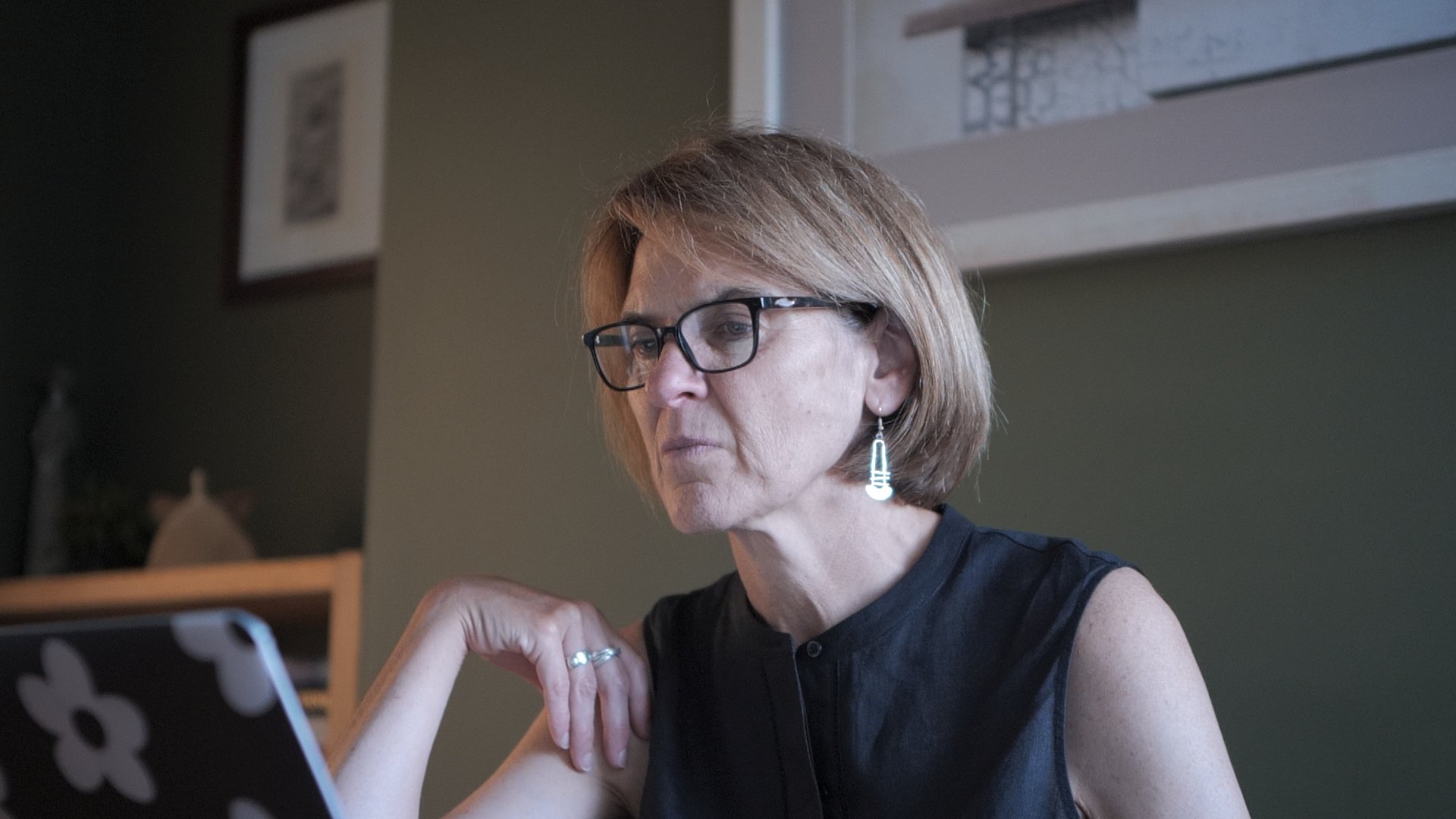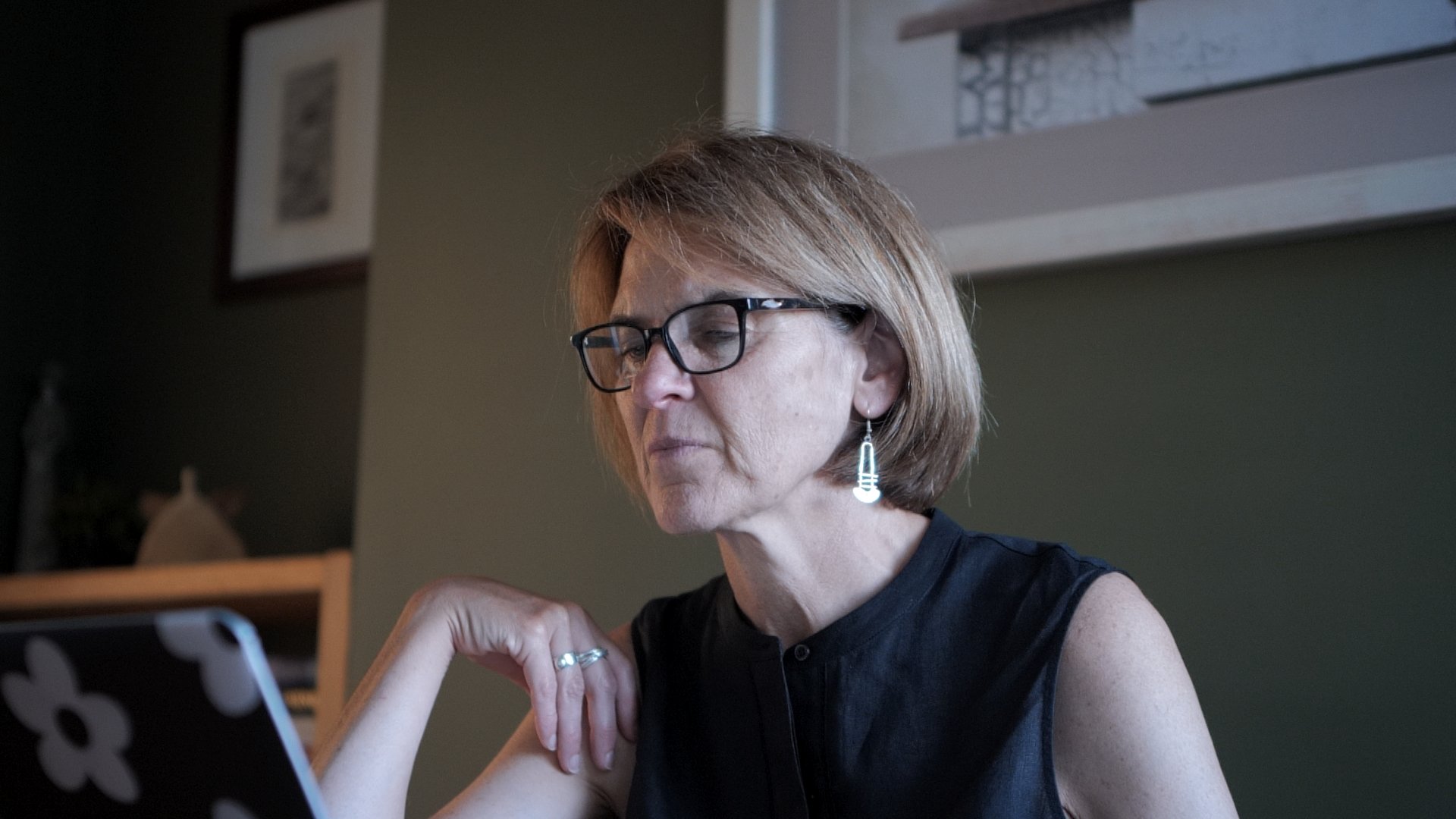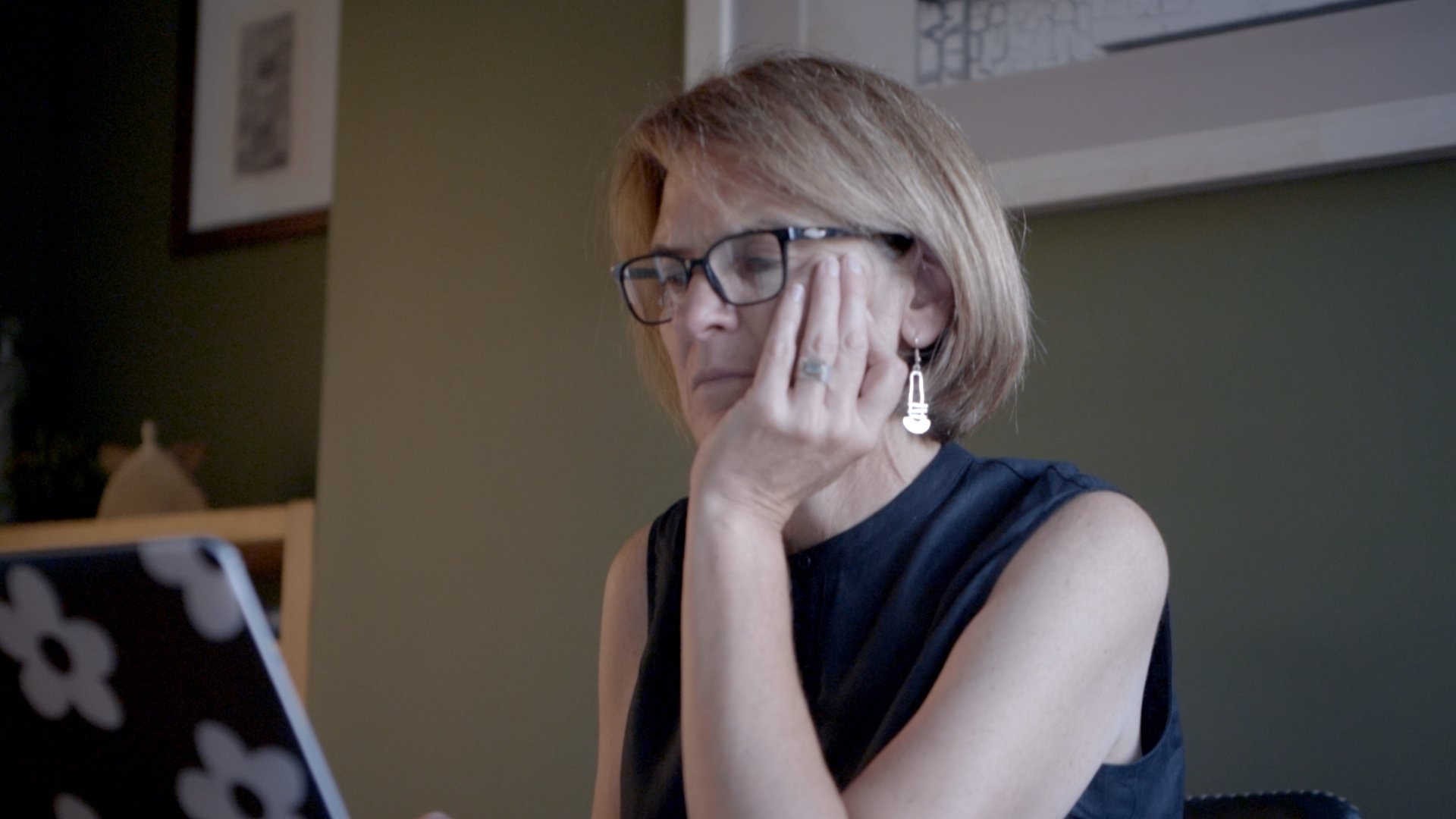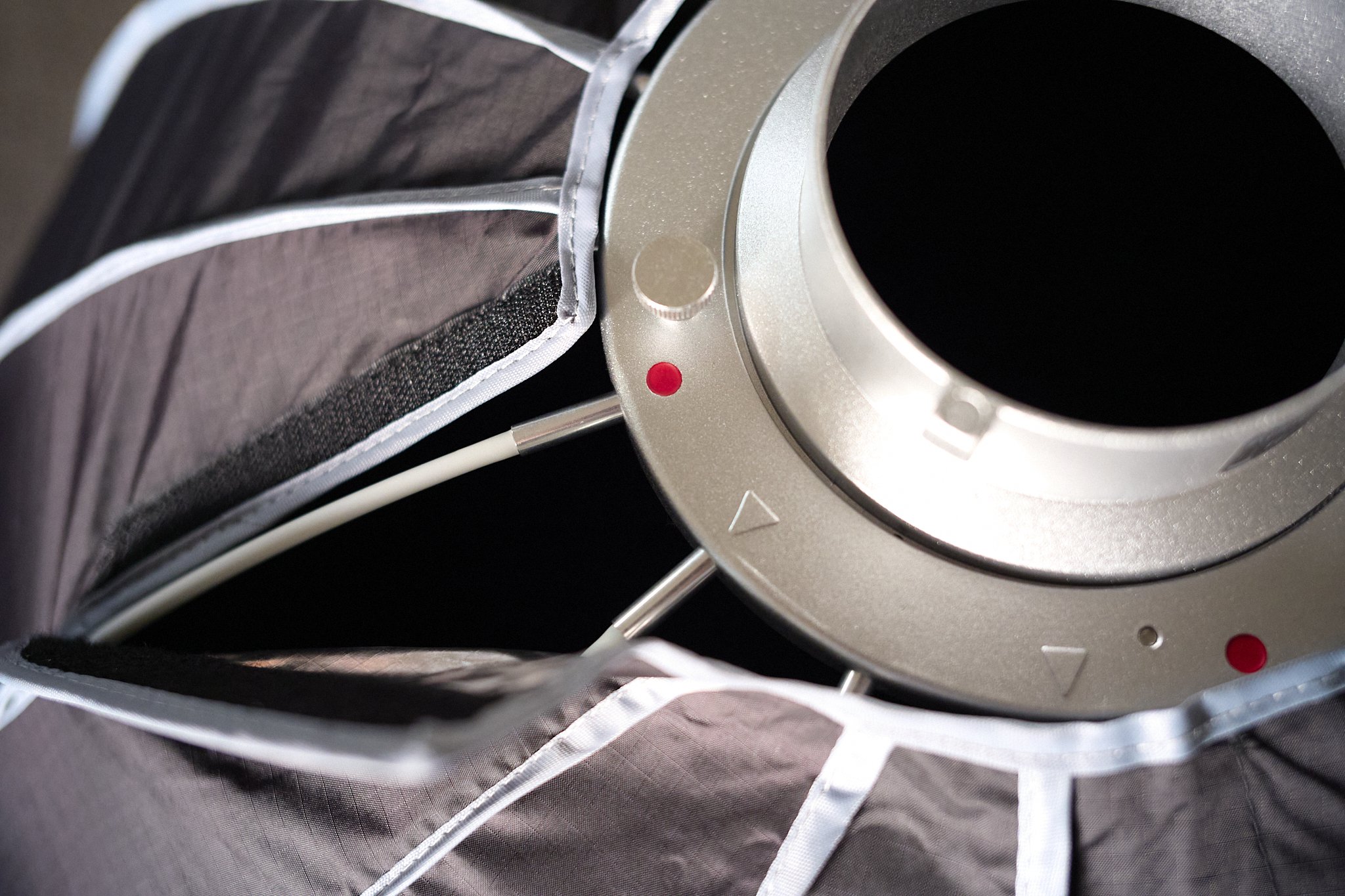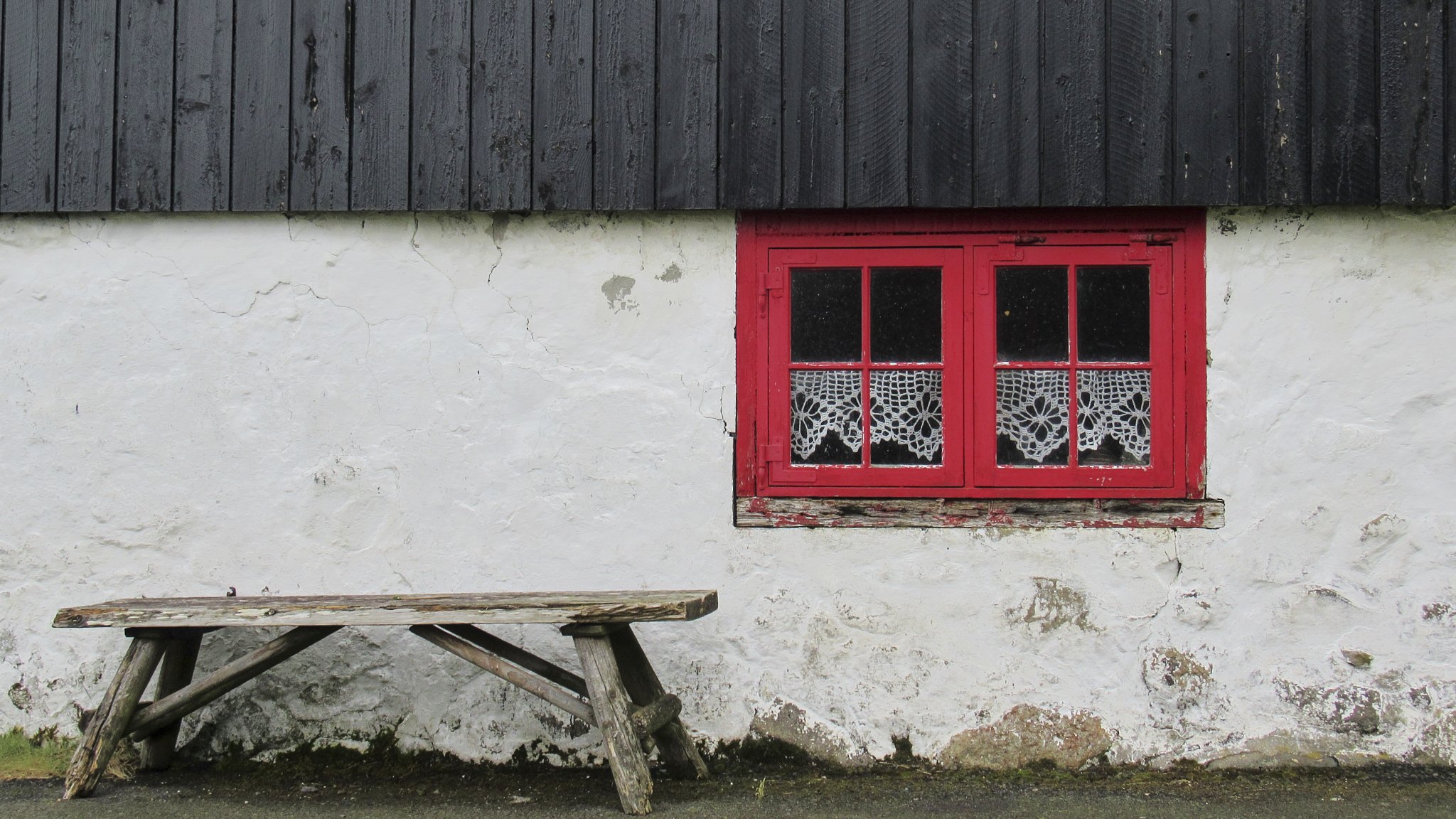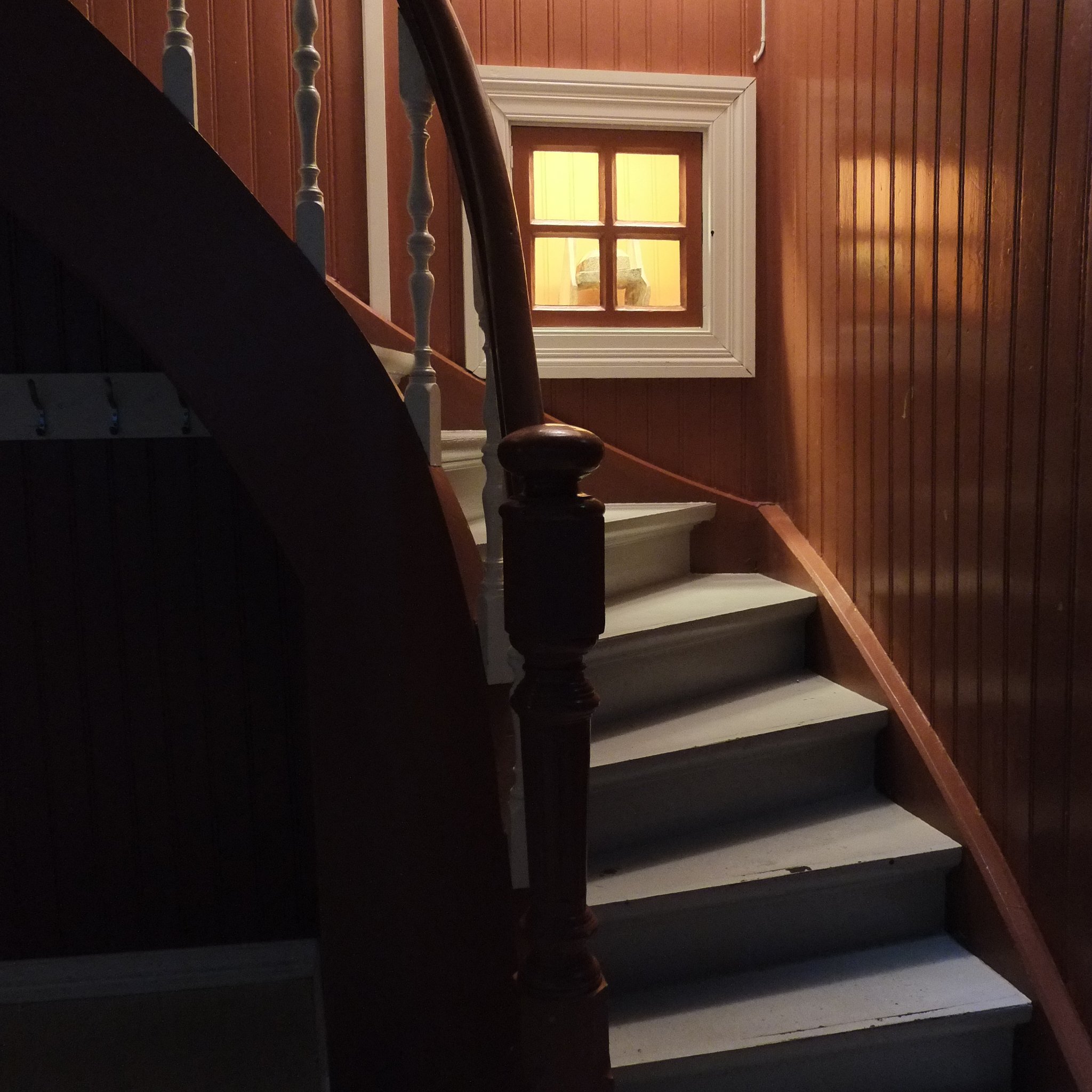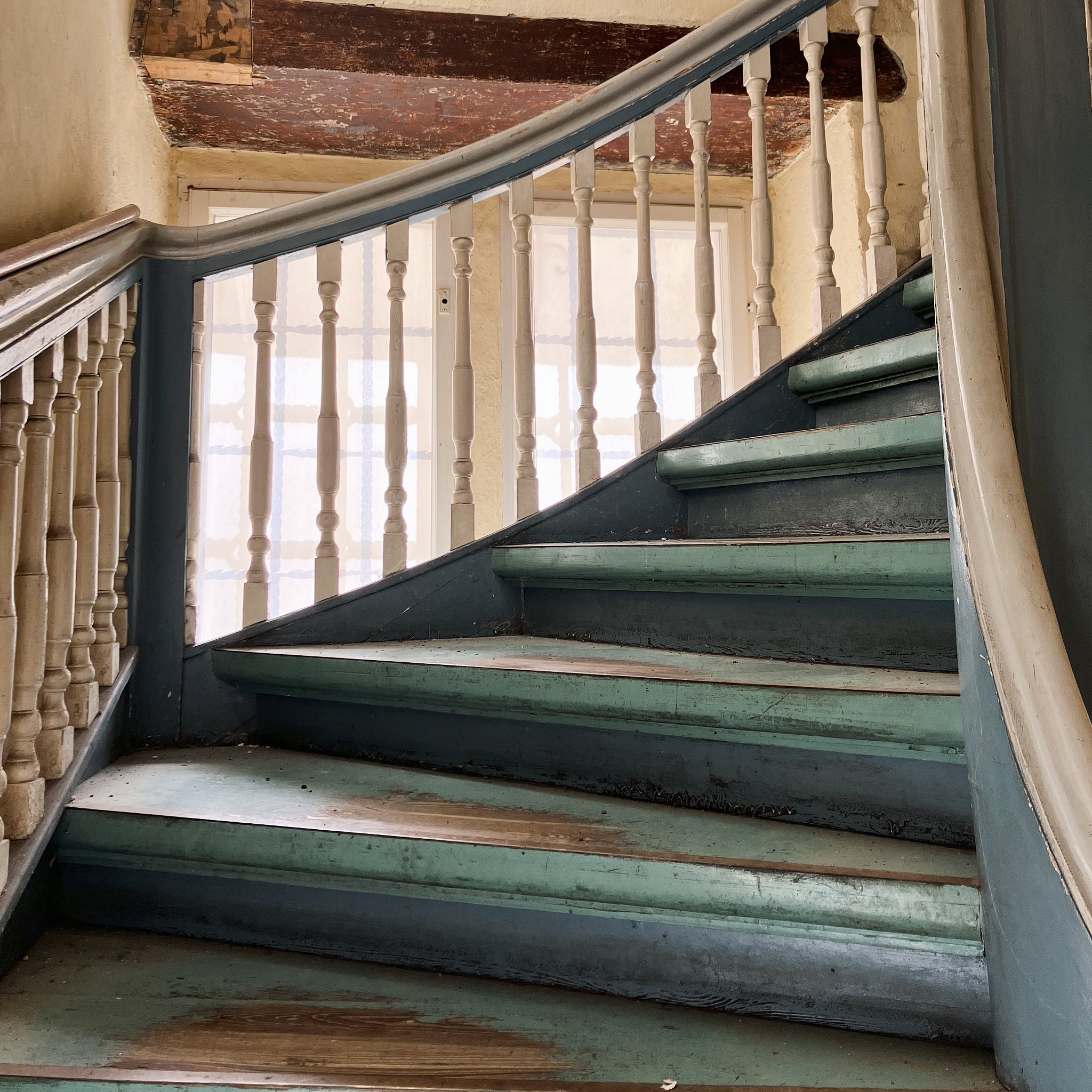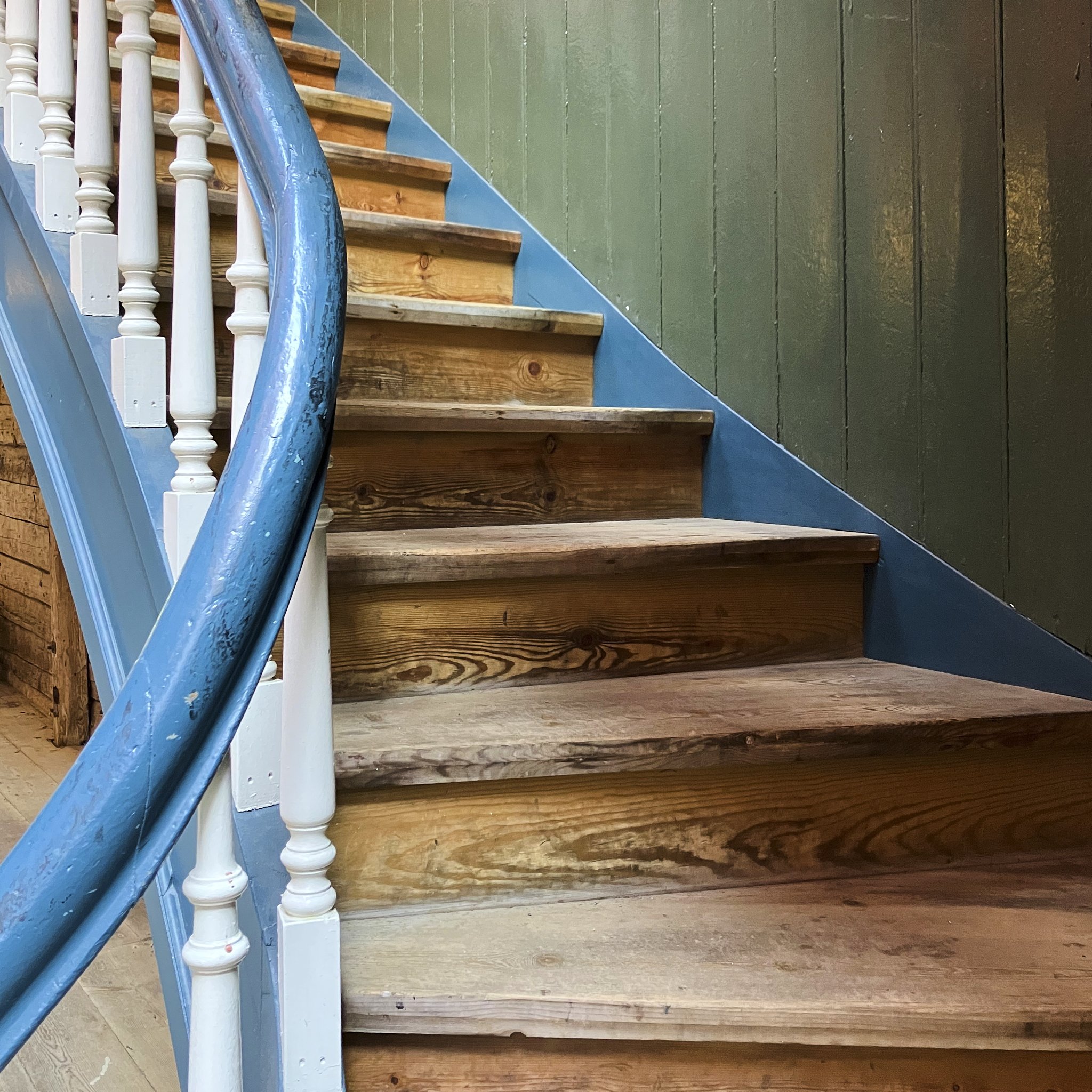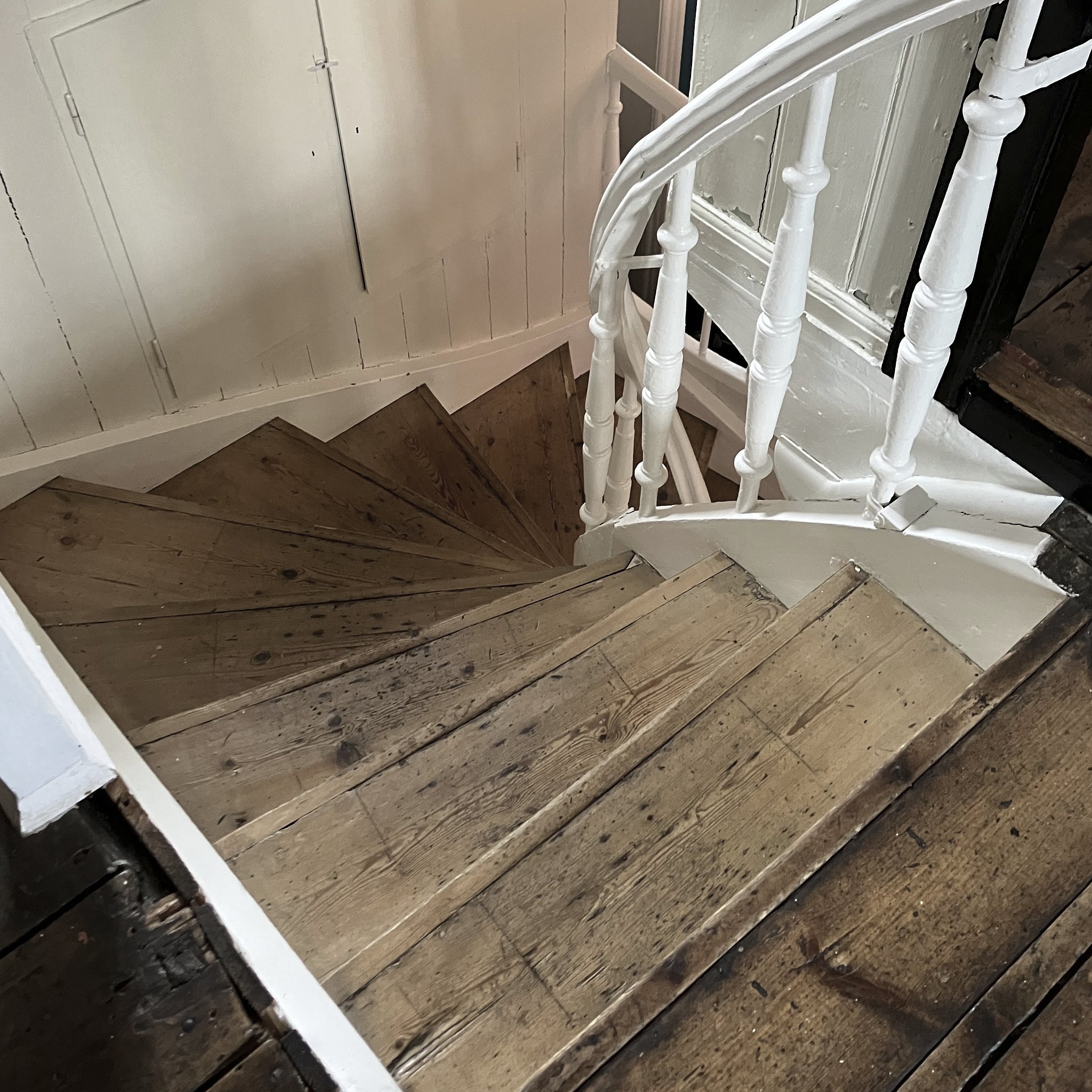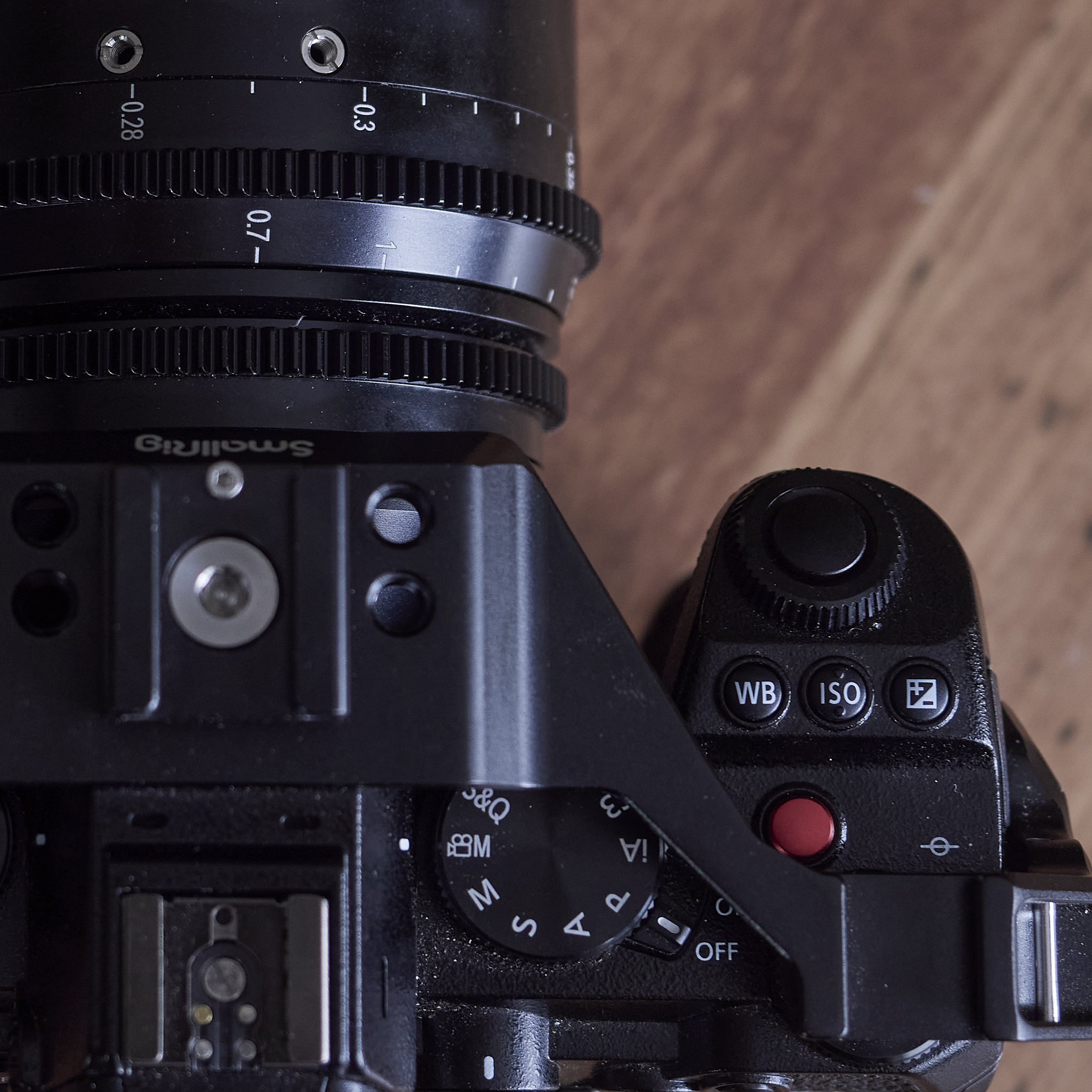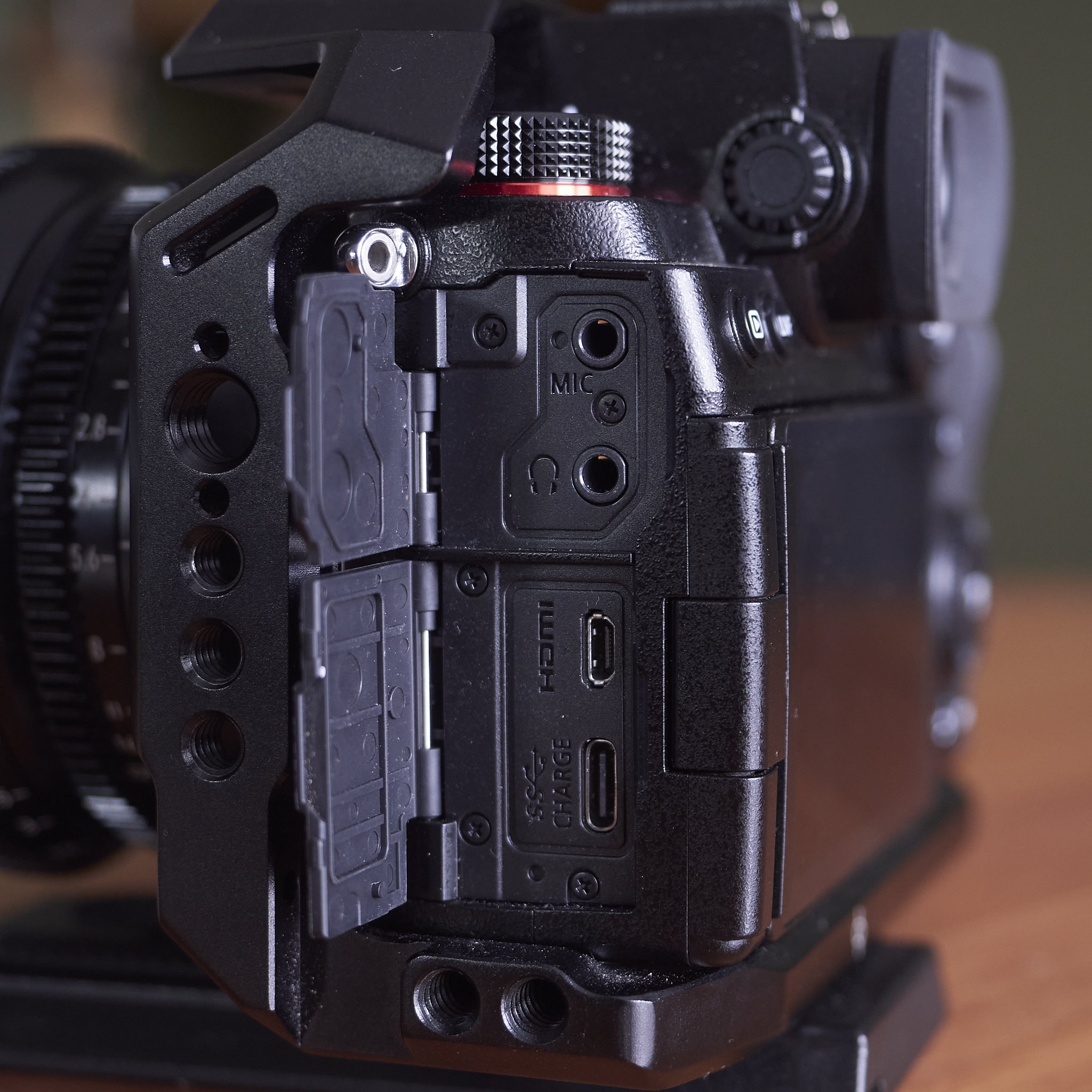I just got around to updating Capture 1 and DaVinci. C1 mainly to use the G9II in RAW and DV because, well why not?
I have this odd dynamic at the moment. I updated one laptop to Sonoma and now it refuses to play nice with Dropbox (keeps loosing internet with three bars showing). My other is still to be updated to Sonoma, but has the new C1 and DaVinci. Until I am sure they are settled, I will not update laptop 2 with these, nor laptop 1 to Sonoma.
DaVinci has not been used yet, but I have been trying out C1 and it is interesting.
First up, it is a bit twitchy, but that will settle.
Overall I feel the sliders are more even now, by which I mean, the De-haze slider which I loved compared to the Contrast slider, which I treated with some reservation, now seem to be more balanced and most are seemingly more linear.
The colour shifts I regularly noticed when pushing some (with Oly and Pana processing), seem to be reduced.
Good days ahead.
The main culprit was the De-haze slider that tended to enhance colour as well as other elements, often into blue or magenta, which seems to now be more neutral.
The noise floor may be slightly better from the get-go.
Shot at ISO 1600 in low light. This is really now my ISO 400 equivalent of a few years ago.
Closeup reveals a slight focus miss, but little noise and good sharpness. No noise reduction or sharpening applied to this EM1x file.
The layers and masks are more involved, the subject/background layers reminicent of the Lightroom system I used fleetingly at the paper, but I am expecting that like most things in C1, this will be more refined, less aggressive and generally smarter.
The layers mask chose the front wheel and leg as the subject.
Shadows lifted, highlights gently recovered from pure white, but no colour shift. My usual process here would be to lift exposure, recover highlights, then add a little Dehaze if needed. Colour would then be dealt with if it shifted. Two less steps in this file.
Early days, but so far I do like the subtle changes and the potential of the bigger ones.
Ed. exporting seems slower, the brush tool is more sure footed, the sharpening is better and the programme does stall occasionally, but I still like the results. I will upgrade ON1 No Noise to the new “AI” version soon, but already feel like I have taken a half step up.


























